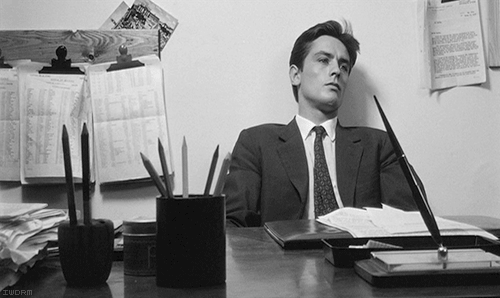
‘There’s a disquieting moment in Purple Noon, René Clément’s 1960 adaptation of Patricia Highsmith’s novel The Talented Mr Ripley, in which Tom Ripley muses upon his fresh murder. He sits, glass of wine in hand, sipping it, slowly. His eyes, the focus of the shot, are the clearest grey. Like marbles, they are beautiful, but they are cold, glassy and empty. They are Alain Delon’s eyes and they would make him an overnight star. Often dubbed the male Brigitte Bardot, it only took one film, Purple Noon (adapted again in 1999 as The Talented Mr Ripley, starring Matt Damon) for 25-year-old Delon to take the title as the most seductive man in cinema. Delon’s lazy insouciance, cold detachment, shady sophistication and angelic insolence – learnt, no doubt, from past connections with the French criminal underworld – carved him a niche: the pretty-boy killer. Delon was later credited as having created cinema’s “cerebral hitman”.
‘Classic followed classic, from Luchino Visconti’s Rocco And His Brothers in the same year of Purple Noon, to Visconti’s The Leopard in 1963, via Jean-Pierre Melville’s Le Samouraï in 1967 and Jacques Deray’s seminal masterpiece La Piscine in 1969. With each film, Delon’s impossible beauty and impenetrably dark temperament would swell his status further. But because Delon rejected English-speaking roles (the effort entailed would scupper his trademark languor) and thus a contract with American producer David Selznick, he was God everywhere but Hollywood. He was idolised by men and women alike, from France to Japan. He dated everyone from Mireille Darc to Romy Schneider. From the Sixties to the mid-Eighties, Delon dominated the national box office and was the highest-paid actor in France’s history.
‘This year will mark Delon’s sixth, and last, decade in cinema. At 81 years old, with a repertoire of 80-plus films, for which he has won France’s highest film prize, the César, and was awarded the Legion Of Honour, Delon is retiring. The choice was easy: an exceptional past, a mediocre future. There’s no point in dawdling. He will do one more play and one last film with Patrice Leconte, starring opposite Juliette Binoche, then it will be over. Cut. The end.
‘Along with Charles de Gaulle, Alain Delon is one of the most recognisable Frenchmen in the world. When I meet him, he is standing by the general’s tomb in Colombey-les-Deux-Églises, northeastern France, where de Gaulle died. He stands with his face turned towards the sun, looking up at the giant Lorraine cross which seems to tower above the whole of France. Moments earlier, he laid a wreath on the general’s tomb and crossed himself twice, observed by a couple of delighted onlookers asking for selfies. He searches for the right voice – slows his words, gives them weight – and begins to recite de Gaulle’s famous appeal, broadcast by the BBC 77 years ago, asking the French to join him in fighting the German occupying forces.
‘”I, General de Gaulle, currently in London, invite French officers and soldiers located on British territory, or those heading this way, armed or unarmed, as well as engineers and specialised workers of the armament industries, to contact me.” Alain Delon, who has always played the part of Alain Delon, now thinks he is General de Gaulle. And he gives himself fully to the part. How could he not? Once considered one of the world’s most handsome men, Delon is entitled to show off a little.
‘On 14 July 1958, Delon was standing near de Gaulle on the Champs Élysées during an inspection of the troops. De Gaulle was acknowledging the cheering crowd. Delon was an unknown orderly among thousands. De Gaulle did not recognise Delon in the crowd. “That was inevitable,” Delon explains, snootily. “In 1958, Delon was not Delon. And when he became Delon, he did not have the opportunity to meet the general.” When did he become Delon? “Only after Purple Noon,” he replies, unfazed that I, too, am talking about Delon in the third person. “The film was a great hit in Japan. I became an emperor over there. All the boys were crazy about Delon. They styled their hair like Delon. A taxi driver in Tokyo told me, ‘So you are a Frenchman? Like Alain Delon?’ They only knew two French names in Japan: de Gaulle and Delon.”
‘Delon made films with the greats, from Jean-Pierre Melville to Luchino Visconti, via Joseph Losey, Michelangelo Antonioni and Jacques Deray. He was their protégé and then he was their icon. Delon’s CV may as well be a list of French and Italian cinematic masterpieces. Modern cinema, however, doesn’t interest him. “It’s a shallow, worthless era soured by money. We no longer film with a moving camera but a digital thing stuck on the end of your fist,” he sighs. “No one gives a shit about anything any more. If Jean Gabin and Lino Ventura were alive today, they’d be completely stumped.” He’s talking like an old fogey and he knows it. “Those who use the phrase ‘It was better in my day’ are old fools. But when I say it, it’s different, because it’s true: in my day, it was something else, it really was better. You see, I don’t have anything to lose any more, I’ve had it all.” He opens one of the many photo albums weighing down the table. “Look, I had incredible luck. I’ve been happy all my life; I filmed with the best. I did what I wanted, with who I wanted, when I wanted. I dwell on the past more than I think about the future, yes, because my past was extraordinary. Today just doesn’t compare. A life like I had doesn’t come around twice. That’s why when it comes to retirement, I have no regrets.”
‘How can one not succumb to nostalgia when one has lived a life like Delon’s? But Delon takes nostalgia to new levels. His Parisian office on Boulevard Haussmann is astonishing: Alain Delon is everywhere. There isn’t a wall, table or corner without a picture of Alain Delon. Sometimes they are interspersed by pictures of his dogs or of Romy Schneider or Luchino Visconti. A little lost in all the clutter are pictures of a naked Marilyn, Edwige Feuillère and the Gaullist Jacques Chaban-Delmas. Just in case I missed the obvious, Delon says, with a sweeping gesture, “Here is Alain Delon.” The Delon tour is in the first person. “I am handsome. And it seems, my darling, that I was very, very, very, very handsome indeed. Look at Rocco [And His Brothers], look at Purple Noon! The women were all obsessed with me. From when I was 18 till when I was 50.” He chooses to omit the fact that he was the object of desire for as many men as women. He first became aware of this when a friend took him to Saint-Germain-des-Prés in the mid-Fifties, to meet the literati among the iconic Parisian cafés De Flore and Les Deux Magots. “I realised that everyone was looking at me. Women became my motivation. I owe them everything. They were the ones who inspired me to look better than anyone else, to stand stronger and taller than anyone else, and to see it in their eyes.”
‘Delon no longer looks like Delon. His life of fame and seduction has taken a toll on his skin. Yet, wherever he goes, he still seeks the most flattering light. Finding the best angle is a reflex. And as he finishes his monologue about his sparkling life, I get the strange feeling it’s a collective life. It belongs to everyone. Whether we like it or not, he is right: the golden age of French cinema began and finished with Delon, with that humourless smile and Tom Ripley’s clear, grey eyes.’ — Marion Van Renterghem
____
Stills
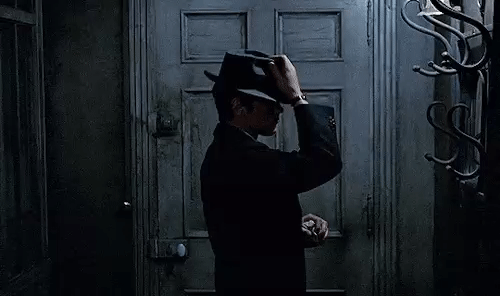
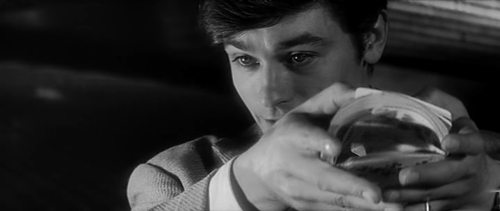
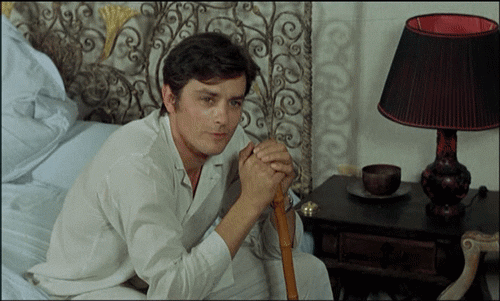
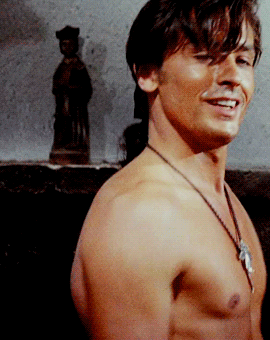
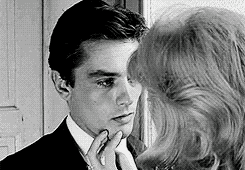
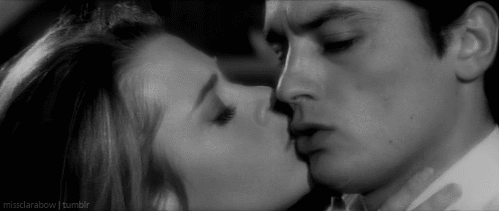
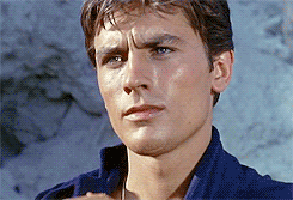
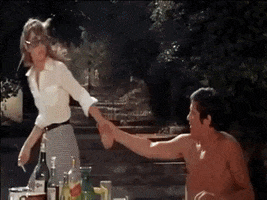
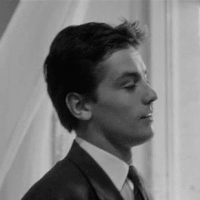
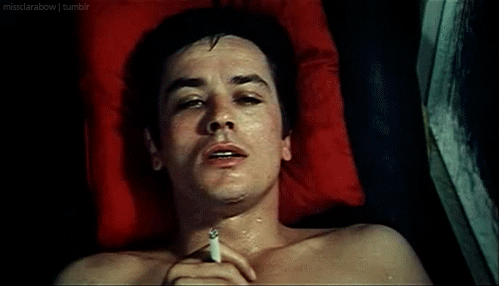
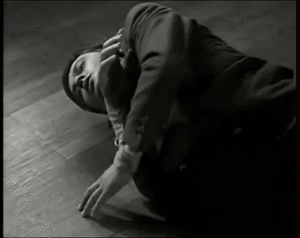
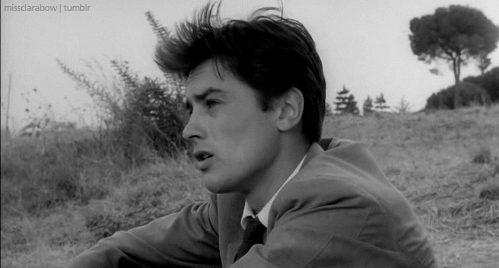

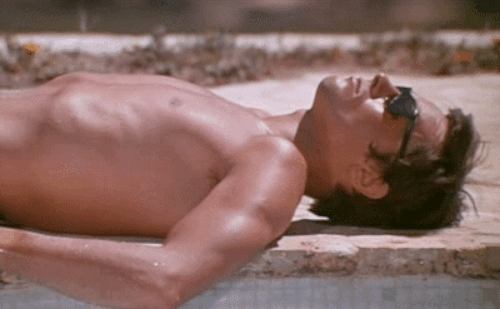
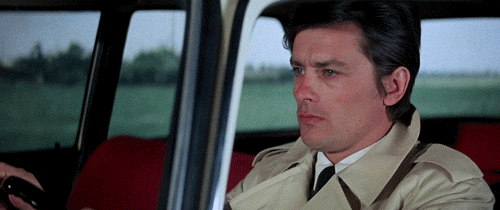


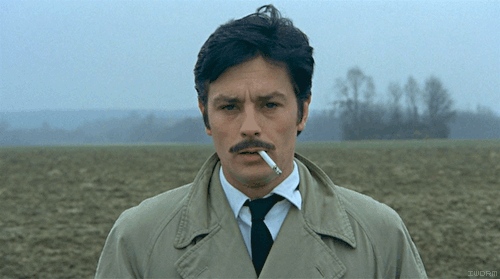
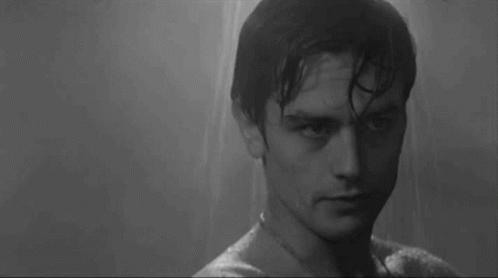
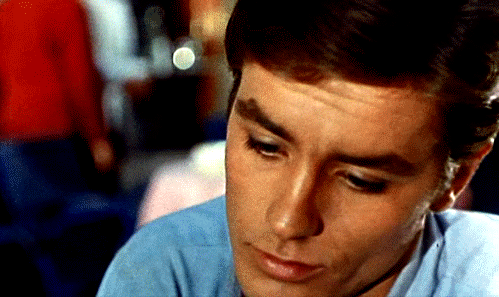
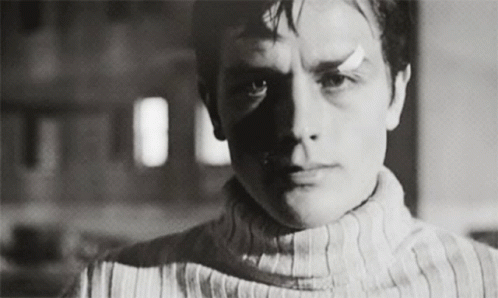

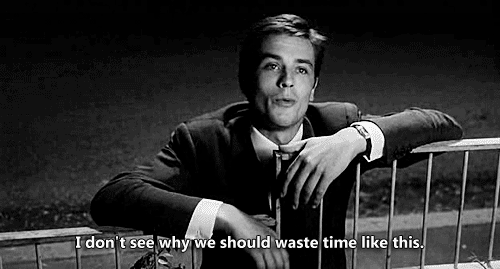
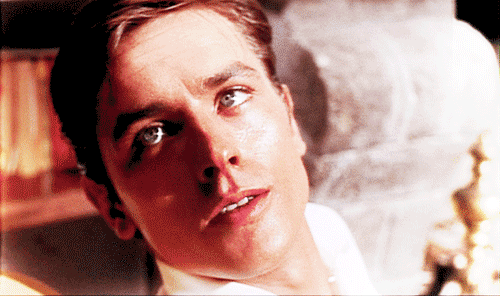
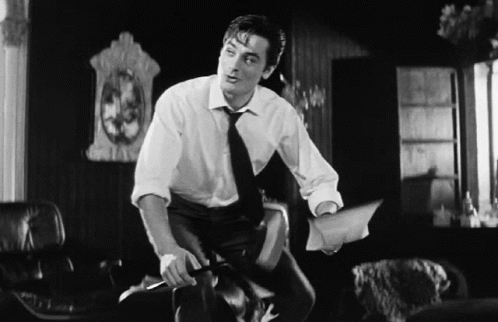
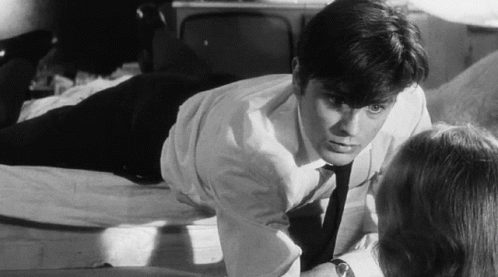
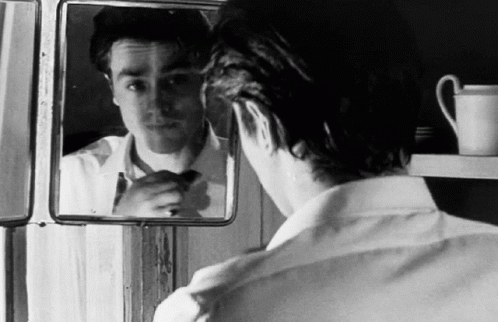
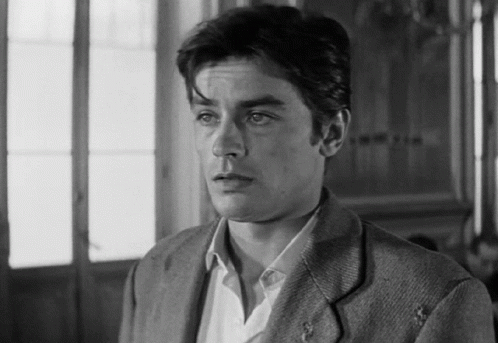
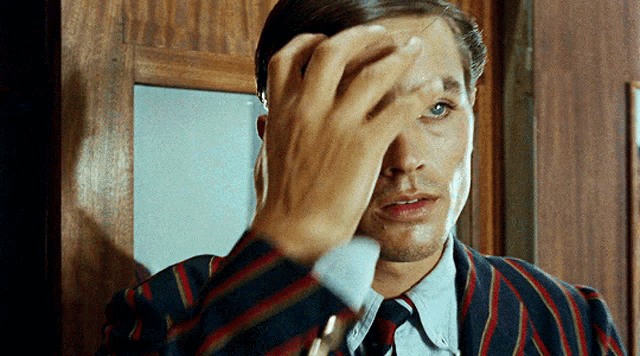
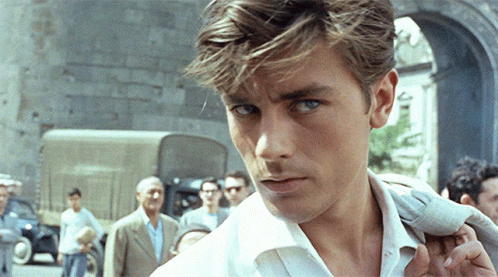
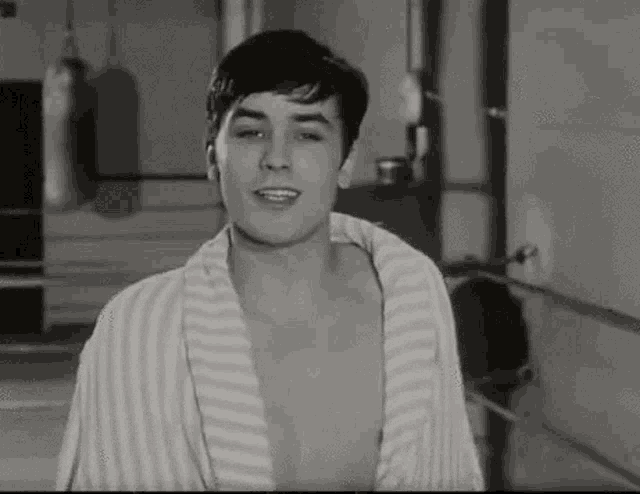
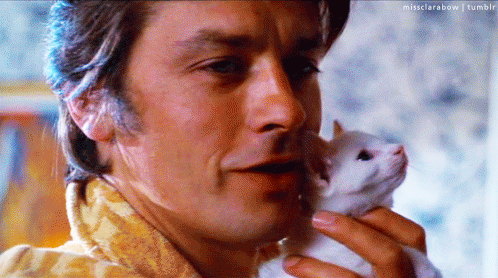
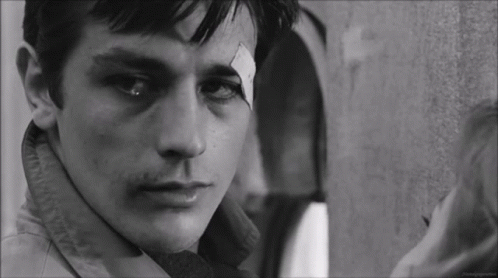
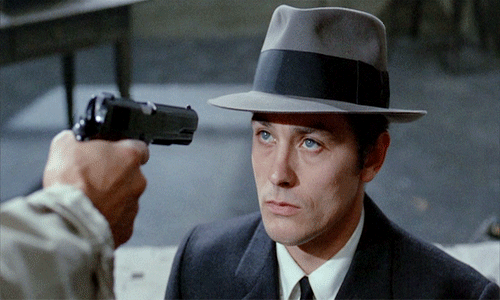
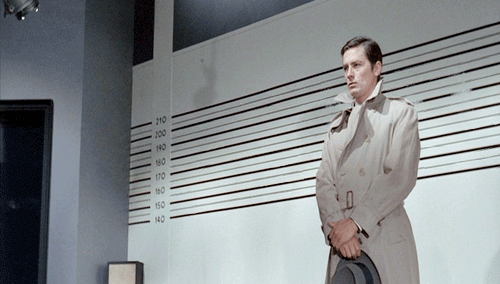
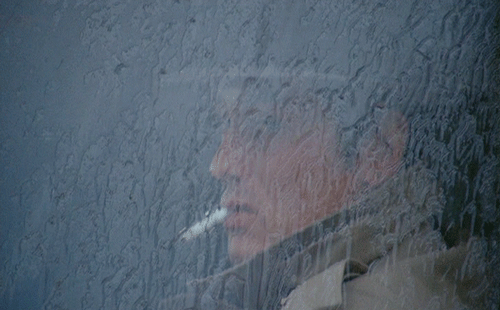
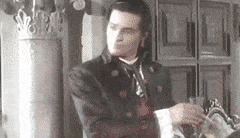
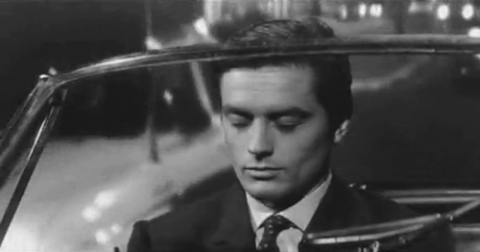

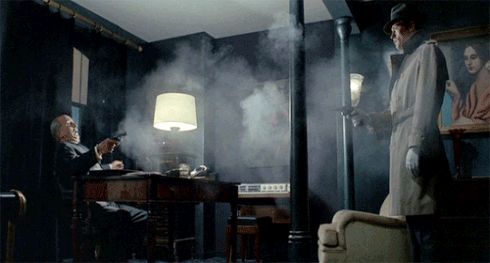
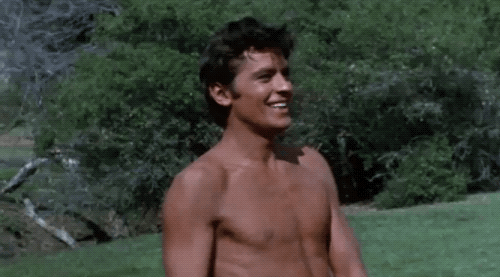
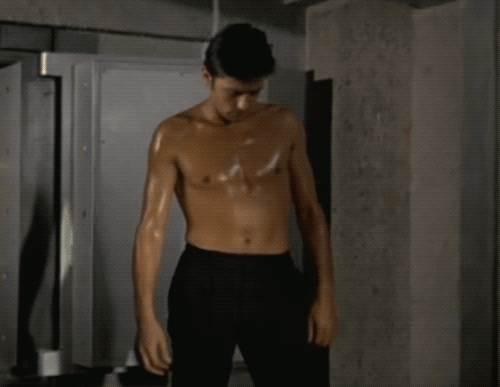
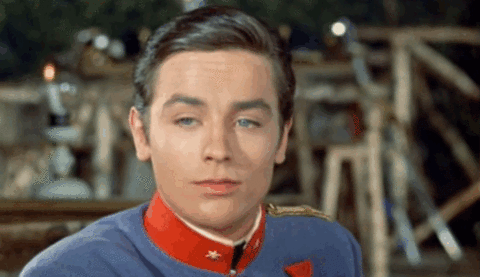
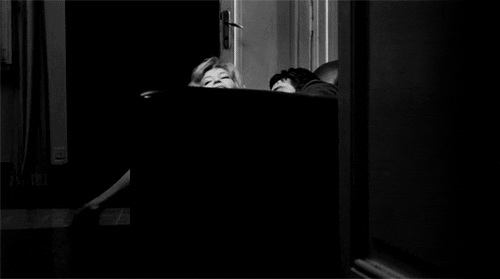
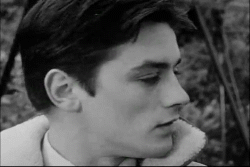
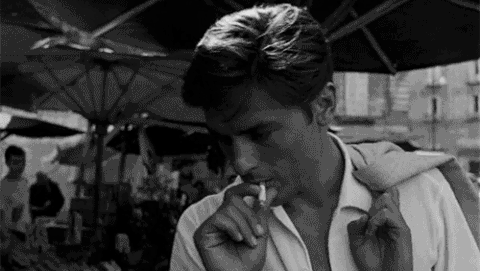
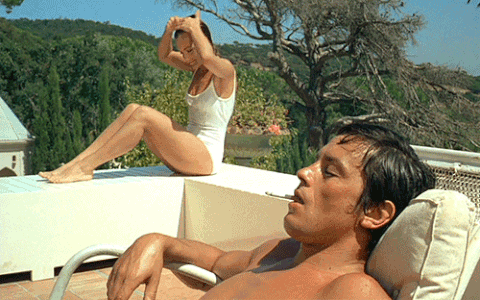
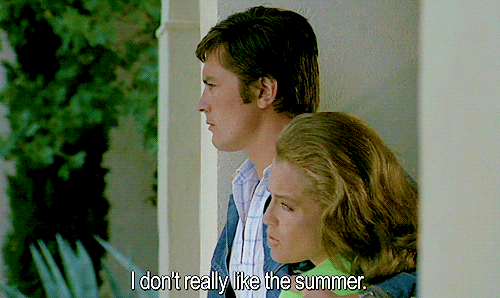
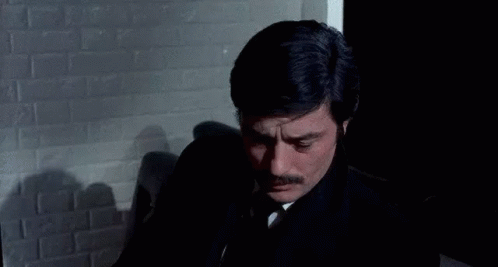
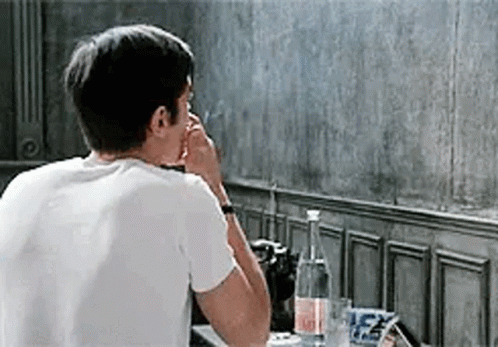
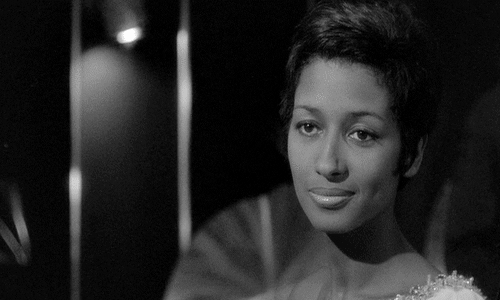
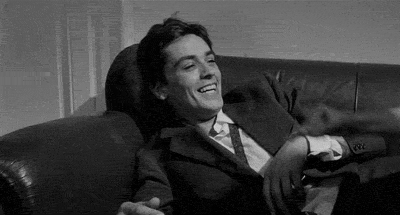
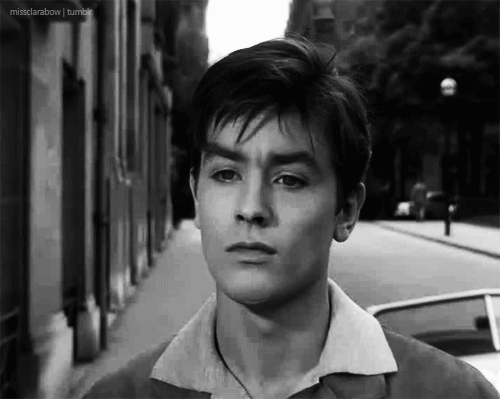
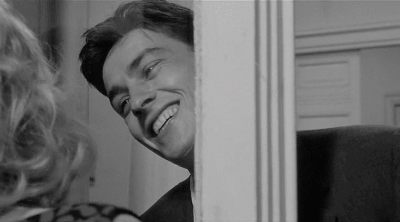

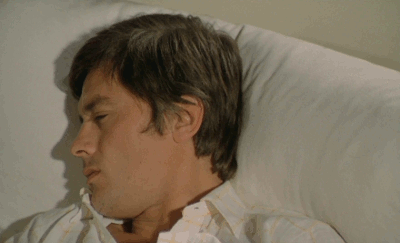

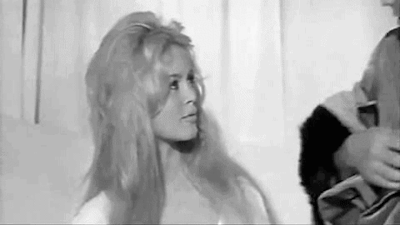
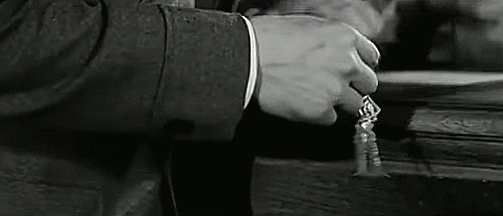
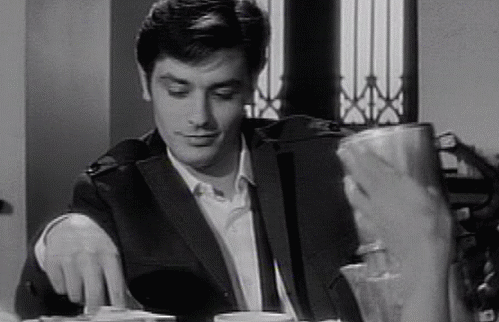
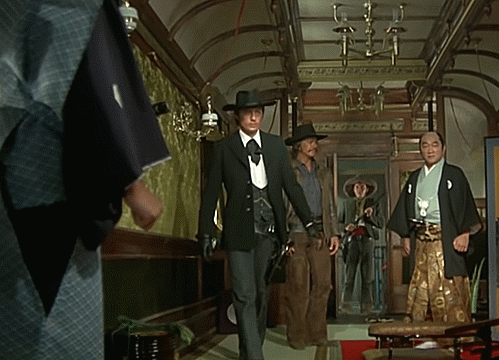
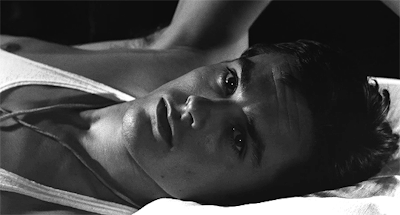
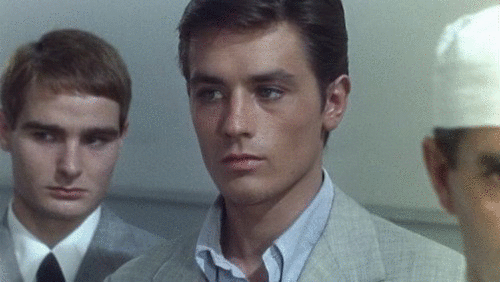
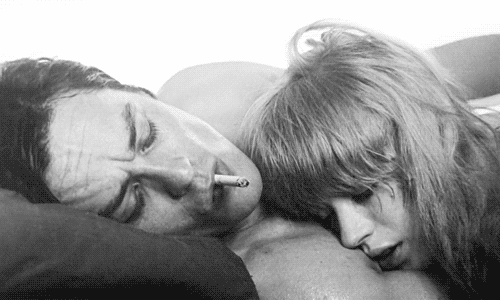

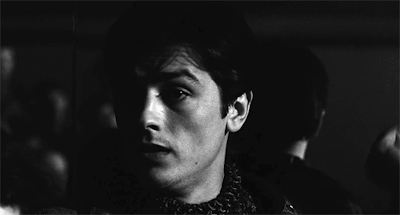
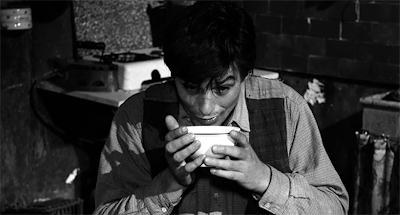
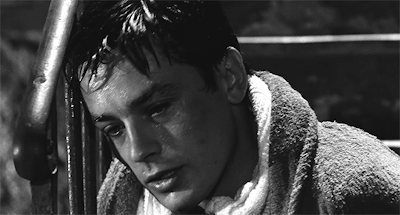
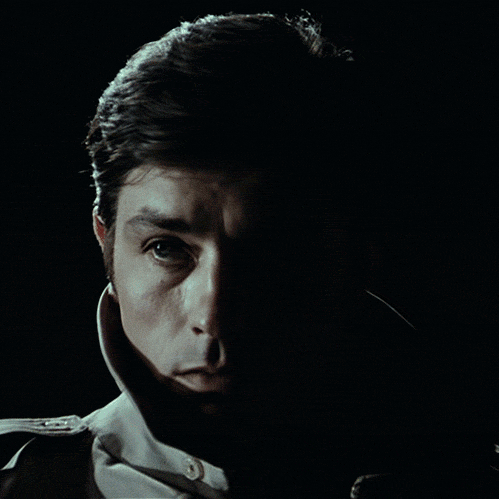
____
Further
Alain Delon @ Wikipedia
Alain Delon @ IMDb
___
Extras
Alain Delon – Interview (1959)
Alain Delon : “J’ai un très très mauvais caractère” (1975)
Alain Delon – Oiseaux de nuit (1979)
Gros plan sur Alain Delon (1984)
_____
Interview
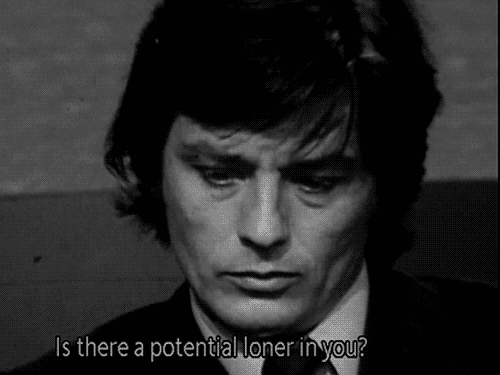
Veteran French film star Alain Delon said Thursday that he was so sick of the world he would be happy to die now — but he wants his dog to go with him.
“I hate the times that we live in, it makes me vomit,” said the 82-year-old actor, one of the handsomest men ever to grace the silver screen.
“There are people that I hate. Everything is false, and only money counts. I will leave this world without regret,” he told Paris Match magazine in a frank, tell-all interview in which he admitted to not being much of a father to his children, one of whom he still refuses to recognise.
Delon, who lives alone outside Paris, said he wants his two-year-old Belgian Shepherd dog, Loubo, to die with him.
“If I go before him I will ask the vet for us to go together. He will inject him so he can die in my arms.
“I would prefer that rather than leaving him to die of grief on my tomb,” said the star of such classics as Visconti’s “The Leopard”, “The Samurai” and “Purple Noon”, which was later remade as the “Talented Mr Ripley”.
Yet Delon did not rule out making room for the right woman to shares his last days.
He said there were about 10 candidates, “but for now none are quite right.”
He added he might even consider breaking his vow to never remarry if the right woman “was ready to accompany me to the end.”
The actor, who made his name playing pretty boy killers and cads, talked of his fear that he might be dug up after his death for DNA for a paternity test.
“I’ve told my daughter, ‘Please don’t let that happen to me when I’m dead’,” he said.
Delon has long denied he fathered a son with Nico, the late German pop star and muse of Andy Warhol.
However, Delon’s mother later adopted the boy, making him his half-brother.
Yet Delon’s own miserable childhood badly marked him, he told the magazine. “My parents got rid of me when I was four. I found myself with a foster family like an orphan.”
“Both of them came running back to me when I was famous. All of a sudden they remembered they had a son,” he said bitterly.
Nor has he forgiven them for signing his army papers so he could be thrown into the bloody Indochina War at 17. “It was them getting rid of me a second time,” he said.
Delon put down his tumultuous love life and much of his woes with women to being abandoned.
“You cannot get back the love that wasn’t given to me as a child. These are holes that can never be filled. Even when I love a woman, I feel alone. I was only four when I understood that those you love the most can abandon you.”
The tell-all interview, over oysters, was conducted by Valerie Trierweiler, the estranged partner of former French president Francois Hollande.
She effectively torpedoed his presidency with a bestselling account of their relationship, “Thank You For This Moment”, after he left her for an actress.
The journalist recently denied that she and Delon were an item.
The actor admitted that he had not always been the perfect gentleman.
“I am like that, I do stupid things. I have been in prison. I was a little thug. All I had was my face,” he said.
Yet women have always fallen at his feet, even as a baby, he said. “My mother had to put a sign on my pram, ‘You can look, but you can’t touch!'”
“I have been loved all my life,” he said, particularly by the German actress Romy Schneider and Mireille Darc, who died last year.
“Very few men have been loved like me.”
But Delon said he never slept with Brigitte Bardot, who was the Venus to his Apollo in French cinema of the 1960s.
“Strange though it may seem… given the torrid scenes we did, we were only friends, but good friends,” he told Paris Match of the actress, who like him has been a vocal supporter of the far-right National Front party.
“I really like her and we share a passion for animals. If she had not her great love of animals I am sure she would have killed herself by now, like so many other great sex symbols. It is very hard for a woman to no longer see desire in men’s eyes.”
____________
21 of Alain Delon’s 103 roles
___________
Le rapt (1949)
‘Alain Delon’s first film appearance. This was apparently shot by his school chums in 1949 & titled Le rapt aka The Rapt. Delon was just 14-years-old at the time but already typecast as a “criminel tragique.”’ — Kimberly Lindbergs
Brief montage
____________
René Clément Purple Noon (1960)
‘Alain Delon was at his most impossibly beautiful when Purple Noon was released and made him an instant star. This ripe, colorful adaptation of Patricia Highsmith’s vicious novel The Talented Mr. Ripley, directed by the versatile René Clément, stars Delon as Tom Ripley, a duplicitous American charmer in Rome on a mission to bring his privileged, devil-may-care acquaintance Philippe Greenleaf (Maurice Ronet) back to the United States. What initially seems a carefree tale of friendship soon morphs into a thrilling saga of seduction, identity theft, and murder. Featuring gorgeous location photography of coastal Italy, Purple Noon is crafted with a light touch that allows it to be at once suspenseful and erotic, and it gave Delon the role of a lifetime.’ — The Criterion Collection
Excerpt
Excerpt
_____________
Luchino Visconti Rocco and His Brothers (1960)
‘Luchino Visconti saw an innocence in the catlike beauty of Alain Delon that countered the rest of the French actor’s career and character. In his heyday between the 1960s and ’80s, Delon had a magnetism that gave him dangerous powers, as well he knew. “I was very, very, very handsome,” he told GQ in 2018. “Women were all obsessed with me.” Directors cast him in parts that exploited those looks to nefarious ends. His most famous roles ran from coolly detached in a trench coat in Jean-Pierre Melville’s stripped-back crime thrillers to downright murderous as the original talented Mr Ripley in René Clément’s Plein Soleil.
‘Back in the ’60s, Visconti tapped into a reservoir of simple goodness both times that he cast Delon. The actor possesses a watchful stillness that often resembles a predator sizing up its prey. In 1960’s Rocco and his Brothers that same stillness is used to convey a quiet boy who fades into the background of his rambunctious family until they need him, at which point his will to martyrdom knows no rational bounds.’ — SOPHIE MONKS KAUFMAN
Trailer
______________
Michelangelo Antonioni L’Eclisse (1962)
‘The concluding chapter of Michelangelo Antonioni’s informal trilogy on contemporary malaise (following L’avventura and La notte), L’eclisse tells the story of a young woman (Monica Vitti) who leaves one lover (Francisco Rabal) and drifts into a relationship with another (Alain Delon). Using the architecture of Rome as a backdrop for the doomed affair, Antonioni achieves the apotheosis of his style in this return to the theme that preoccupied him the most: the difficulty of connection in an alienating modern world.’ — The Criterion Collection
Excerpt
Excerpt
_____________
Luchino Visconti The Leopard (1963)
‘Luchino Visconti’s The Leopard (Il Gattopardo) is an epic on the grandest possible scale. The film recreates, with nostalgia, drama, and opulence, the tumultuous years of Italy’s Risorgimento—when the aristocracy lost its grip and the middle classes rose and formed a unified, democratic Italy. Burt Lancaster stars as the aging prince watching his culture and fortune wane in the face of a new generation, represented by his upstart nephew (Alain Delon) and his beautiful fiancée (Claudia Cardinale). Awarded the Palme d’Or at the 1963 Cannes Film Festival, The Leopard translates Giuseppe Tomasi di Lampedusa’s novel, and the history it recounts, into a truly cinematic masterpiece.’ — The Criterion Collection
Trailer
Excerpt
_____________
Henri Verneuil Mélodie en sous-sol (1963)
‘Charles (Jean Gabin), a sixtyish career criminal fresh out of jail, rejects his wife’s plan for a quiet life of bourgeois respectability. He enlists a former cellmate, Francis (Alain Delon), to assist him in pulling off one final score, a carefully planned assault on the vault of a Cannes casino. Bad luck and Francis’s lack of professionalism set the caper maddeningly askew, and the stolen cash resurfaces in an unexpected manner.’ — Michael Krugman
Trailer
____________
René Clément Les Félins (1964)
‘Probably Clement’s best thriller. Only “Plein Soleil” (“Purple noon”) -the first Delon/Clement collaboration, is superior. The director’s other thrillers were marred by unbearable metaphysical pretensions (“La Maison Sous les Arbres” ” la Course du Lièvre à Travers Champs” “Babysitter” …) which the use of American actors did not help. A black and white film, a strange choice for a story which takes place in a luxury mansion on the Cote d’Azur, the cinematography is in direct contrast to that of “Plein Soleil”. Whereas the former work was often filmed in open air, at sea, in “les felins”, we almost never go out of the Fonda/Albright’s place. The screenplay is absorbing ,a la Boileau-Narcejac (who wrote “Diabolique” and “Vertigo”) and the suspense is sustained throughout the story. It was actually René Clément’s last good movie. All that follows is virtually disposable.’ — dbdumonteil
Trailer
LES FÉLINS: Behind the Scenes – Alain Delon and Jane Fonda
____________
Ralph Nelson Once a Thief (1965)
‘A jazzy melancholy Neonoir, shot in beautiful black and white by Robert Burks (a Hitchcock main stay). A gorgeous and nihilistic Delon, Ann-margret on the edge of a nervous breakdown, Palance the man with the plan, Heflin grizzled cop with a vendetta and John Davis chandler as the odd ball crook that always seems to exist in these films. Opens and closes with a bang and middle is well paced and layered. This seems to be a lost gem, which is odd with this amazing cast.’ — ikpollutra
opening titles
Excerpt
____________
René Clément Is Paris Burning? (1966)
‘Not bad looking. With a superb script by Gore Vidal and Francis Ford Coppula and directed by Rene Clement. Filmed in Panavision (was Oscar nominated for its stunning black and white cimematopgraphy), this film boasts an all star cast which features Charles Boyer, Leslie Caron, Glenn Ford, Alain Delon, Henry Fonda, Robert Stack and a exceptional performance by Kirk Douglas as General Patton. Be forewarned here since this picture runs over three hours long.’ — Mister C
Excerpt
___________
Jean-Pierre Melville Le Samouraï (1967)
‘This film was made in 1967, the French nouveau vague already apparent all over the place, but Melville’s films were old-school, and at the same time revolutionary, in a delicate way. Take for example the ‘chase’ scene through the Metro. Practically nothing happens: there are no gunfights, no combat sequences, perhaps just a small chase. But it is Melville’s camera and Delon’s inimitable performance that keep the audience mesmerized all the way.
‘The camera practically flirts with the audience throughout the whole movie, picking the most interesting angles and achieving so much practically without any effort. Delon’s character changes his expression only once or twice during the movie, shoots faster than even Leone’s gunslingers and never forgets to feed his canary. To me, one of the most accomplished antiheroes of the whole genre.
‘The dialogue is barely there, but when it is, then it’s something you’d probably wish you would have come up with yourself. It is a minimalist work that achieves the absolute maximum. Simply put: one of the best crime noirs ever made.’ — i-grigoriev
Excerpt
Excerpt
Jean-Pierre Melville : “Le Samouraï” avec Alain Delon
_____________
Federico Fellini, Louis Malle, Roger Vadim Spirits of the Dead (1968)
‘In one chapter of this three-in-one feature inspired by Edgar Allan Poe’s tales, a countess (Jane Fonda), shunned by a horseman (Peter Fonda), kills the man and his animals yet pays dearly for her deadly act. Another focuses on a religious man (Alain Delon) who seeks absolution for a murder only to find that his violent impulses come rushing back. The third is about a boozing actor (Terence Stamp) who accepts a car as compensation for a role, but is ultimately defeated by addiction.’ — RT
Trailer
_____________
Jack Cardiff The Girl on a Motorcycle (1968)
‘According to Wiki, this was the 6th highest grossing film of 1968 in the UK. Really? The year of 2001, If, Charge of The Light Brigade, Yellow Submarine, Mayerling, Oliver!, The Lion In Winter, Chitty Chitty Bang Bang? I found that hard to believe, BUT I remember going to see it, and I remember everyone I knew at university going to see it. I don’t remember anyone expressing admiration, though a spotty lad in my student residence saw it several times in a week.
‘It’s mainly about unzipping Marianne Faithfull’s very tight body hugging leather motorcycle leathers. It happens a lot. Yes, you do get to see more. I’ve been perplexed by fetishism in that neither leather clothing nor stocking tops have ever turned me on, but you get both here. You can add crotch shots bumping up and down on the bike and a lot of shapely rear end. Many of these were deleted from the heavily-censored 1968 version, but restored in the 1990s.It also had a re-issue under a different title, possibly for less-mainstream cinemas. It was the first X-film under the new rating system in 1968, but changing times mean the current DVD is a 15.’ — Peter Viney
Trailer
Excerpt
_____________
Jacques Deray The Swimming Pool (1969)
‘Certainly, La Piscine has a good chance of being recognised as the most Gallic of the French films made in the post-nouvelle vague period. With this decidedly upper-middle- class movie as languorous in its pace as one might feel in the heat, every few minutes viewers are left with the need to jump into a pool as mentally refreshing as the perfectly blue centrepiece must feel physically. It is a story of long eye contact of uncertain meaning, of lascivious looks, of a kind of slow, self-destructive voyeurism, and of dialogue as minimal as the wardrobe. Intentionally or not, the more sexually loose the protagonists become, the more buttoned-up their dress becomes — Schneider graduating to mumsy, preppy shirt and pedal pushers, Delon to a black T-shirt. It’s as though they want to cover up their indiscretions. Sunglasses, characteristically huge, are worn less and less. The characters literally see the light.’ — Josh Sims
Excerpts
__________
Jacques Deray Borsalino (1970)
‘Borsalino is among Jacques Deray’s most successful and memorable films, a respectful yet slightly tongue-in-cheek homage to the classic American gangster films of the 1930s and ’40s. With its gangster theme, stylish look and strong production values, the film presages Francis Ford Coppola’s The Godfather (1972). Deray’s recreation of 1930s Marseilles shows a meticulous attention to period detail, with sets, costumes and a catchy score that are instantly evocative of the era. The film is beautifully shot and includes some impressive set piece action sequences. Deray does occasionally get a little too preoccupied with the film’s background, including sequences that look pretty but which serve neither the characterisation nor the plot.
‘Despite their good working relationship when making the film, Delon and Belmondo fell out over the placing of Delon’s name on the film’s poster. In his contract, it was stipulated that Belmondo’s name would precede Delon’s. Delon justified the placing of his name on the poster because he was the producer. This led to a court case which Belmondo ultimately won, although the two men claim that the affair did not injure their friendship.’ — James Travers
Excerpt
___________
Jean-Pierre Melville Le Cercle Rouge (1970)
‘Melville described LE CERCLE ROUGE as his penultimate film and it is indeed a masterfully stylized policier. He also claimed he wanted to shoot a film noir in colour and in many ways he succeeded. The two primary influences for this film were John Huston’s 1950 heist movie THE ASPHALT JUNGLE and Jules Dassin’s RIFIFI (1955). But unlike these films, where we learn much about the background of the individual gang members, with all their petty needs and worries that motivate them, making clear these are not just ruthless underworld types, but ordinary individuals engaged in a world of everyday worries and human endeavour, Melville, though, tells us almost nothing about his criminals. Why was Corey (Alain Delon) in jail? Why was his associate, Vogel (Jean-Marie Volonté) arrested in the first place? Or why the ex-police marksman Jansen (Yves Montand) left the force, was it his alcoholism? We never learn the motivations behind their actions and never find out what drives these men. Women are even more absent than in his earlier films, with the “emotional” ties exclusively between men. They don’t even seem to have personal lives. A sort of an emotional twilight zone and although the setting is not as abstract as in his earlier LE SAMOURAI (1967), Melville still sketches a very eerie world. Melville’s favorite actor, Alain Delon, is perfect and almost outdoes himself in coolness, if imaginable.’ — Camera-Obscura
Trailer
Excerpt
_____________
Joseph Losey The Assassination of Trotsky (1972)
‘1940, the last months of Leon Trotsky, exiled in Mexico, where he lives barricaded in his house for fear of assassination. Until a mysterious and charming stranger manages to approach him by using Trotsky’s secretary. More than a political film, it’s the game of reciprocal attraction between executioner and victim. With Richard Burton, Alain Delon, Romy Schneider and Valentina Cortese.’ — TFF
Excerpt
______________
Jean-Pierre Melville Un flic (1972)
‘Let’s start at the end. Un Flic, the last film Melville ever made, is not often in the discussion as one of his masterworks. And it doesn’t get lumped in with the other noir classics he wrote and directed—despite a starring role for actor Alain Delon, despite being built around the same cops-and-robbers framework, despite its terrifically lean premise and despite being quite good. These are extremely imperfect metrics, but it’s hard not to chuckle at Un Flic’s Rotten Tomatoes rating of 78 percent, the lowest among the films Melville directed; it also happens to be one of just four Melville films that hasn’t earned a spot in the Criterion Collection. So yes, while it’s fair to say Melville himself is definitely not underrated, Un Flic has been a tad left out. Fortunately, that place in history suits the film quite well.
‘That’s because in effect Un Flic is an abstraction. It is Melville’s style distilled to its essence. It is a film with a potent emotional punch delivered subtly by a craftsman of unique ability. And while he may have achieved this more successfully with Le Samourai, Melville’s final film acts as a more fitting grace note to his entire career.’ — Daniel Reynolds
Excerpt
Montage
______________
Joseph Losey Mr. Klein (1976)
‘One of the crowning achievements of blacklisted Hollywood director Joseph Losey’s European exile, Mr. Klein is a spellbinding modernist mystery that puts a chilling twist on the wrong-man thriller. Alain Delon delivers a standout performance as Robert Klein, a decadent art dealer in Paris during World War II who makes a tidy profit buying up paintings from his desperate Jewish clients. As Klein searches for a Jewish man with the same name for whom he has been mistaken, he finds himself plunged into a Kafkaesque nightmare in which his identity seems to dissolve and the forces of history to close in on him. Met with considerable controversy on its release for its portrayal of the real-life wrongdoings of the Vichy government, this haunting, disturbingly beautiful film shivers with existential dread as it traces a society’s descent into fascistic fear and inhumanity.’ — The Criterion Collection
Trailer
_____________
David Lowell Rich The Concorde… Airport ’79 (1979)
‘The Concorde… Airport ’79 (1979) is not only the worst picture in the Airport series, it’s one of the worst of all ‘70s disaster flicks (and that’s really saying something). A scientist (Robert Wagner) involved in illegal arms dealing must kill his girlfriend (Susan Blakely) after she finds out about his dirty activities. But rather than, say, strangling or shooting her, he arranges to have the plane on which she’s traveling be blown out of the sky. Awful in every respect, it does feature a wonderfully kitschy cast: Charo, John Davidson, Martha Raye and Jimmy “Dyn-o-mite!” Walker. And, yes, George Kennedy is back again. His character is inexplicably now a pilot, and he gets to answer a stewardess’ claim that “You pilots are such men!” with “They don’t call it a cockpit for nothing!”’ — Matt Brunson
the entirety
________________
Volker Schlöndorff Swann in Love (1984)
‘All of the reviews I’ve read of Volker Schlöndorff’s “Swann in Love” treat it like a classroom assignment. The movie is described as a version of one of the stories that make up Remembrance of Things Past, the epic novel by Marcel Proust, and then the exercise becomes almost academic: “Compare and contrast Proust and Schlöndorff, with particular attention to the difference between fiction and the film.” Imagine instead, that this is not a film based on a novel, but a new film from an original screenplay. It will immediately seem more lively and accessible. Because not one person in a hundred who sees the film will have read Proust, this is a sensible approach; it does away with the nagging feeling that one should really curl up with those twelve volumes before going to the theater.’ — Roger Ebert
Trailer
______________
Jean-Luc Godard Nouvelle Vague (1990)
‘The very title suggests Godard’s vast ambition: a two-part story starring Alain Delon as two brothers who may be the same person conjures a vision of an Old and New Testament that is also the story of the classic cinema and Godard’s own. It’s filmed on a vast estate akin to the one owned by Godard’s maternal grandparents, and the movie is filled with the social and artistic graces of his privileged childhood, offering a painterly, verdant, glossy, and sea-splashed beauty.’ — Richard Brody
Trailer
Alain Delon – Nouvelle vague (Behind the scenes)
*
p.s. Hey. ** David Ehrenstein, Thanks for the side trips. ** _Black_Acrylic, Hi. Yeah, I used to go to festivals a lot when I was younger, and I had a lot of fun with the help of recreationals, but when I remember them now, all I remember is the hassle and boring parts, and it’s hard to imagine an act that would get me to one now, although I did almost go to HellFest one year to see Black Sabbath’s only farewell tour Paris-related stop. ** Steve Erickson, No, ha ha, I was trying to stay as literal as I could. No, I’ve never read Edouard Louis. It’s interesting because I know a number of people in the US who really like his work, but no one I know in France likes his work, I don’t know why in either case. But, yeah, I need to read him and see what the deal is. ** Misanthrope, Alright then. I thought it would be more interesting or memory-inducing or dramatic, but whatever. Doable, good. Me, I’m trying to make it while too many people around me are faking it. Basically. ** Clayton, Hi, Clayton! Yeah, sorry about the overload aspect. I have weird energy. Oh, interesting, I was daydreaming about how those Boyle Family pieces would hit one in the real, and I guess hoping others might go there too. They do seem like kind of just a cheap thrill type of thing? Blockbuster-style? Interesting. Thanks for the report, and do hang out again if you feel like it. What’s going on with you? ** Jeff J, Thanks, Jeff. I know I’ve had Fornes in group posts, but maybe not a whole show. I wonder if there’s enough out there to do her justice in this format. I’ll check. Hm, not sure what’s up with that glitch. Nothing surprises me with this glitchy place. I haven’t heard that from anyone else, but everyone else might just being polite or something? Huh, I wonder what Hedi doesn’t like about the translation. Again, I’ll go to him for the answer. Yes, I had assumed Michael stepped away from Bookworm for a pre-planned vacation, but I just heard a few days ago that he’s having serious health problems and may not be able to return to the show. I have no idea what the issues are. I’ve written to him, but I haven’t heard back. I have some queries out mutual friends, and I’m waiting to hear back. I’ll let you know. It’s very, very concerning, obviously. ** Bill, Very nice about the Butoh kick. I was really into Butoh for a while some years ago. Such great work. I did a Butoh post ages back. I’ll either restore it or make a new one. The goings on in the US are terrifying and mind-boggling. My god. ** Okay. For whatever presumably good reason I decided to foist the early and early-ish portion of Alain Delon’s acting oeuvre on you guys today. I hope it sits well. See you tomorrow.

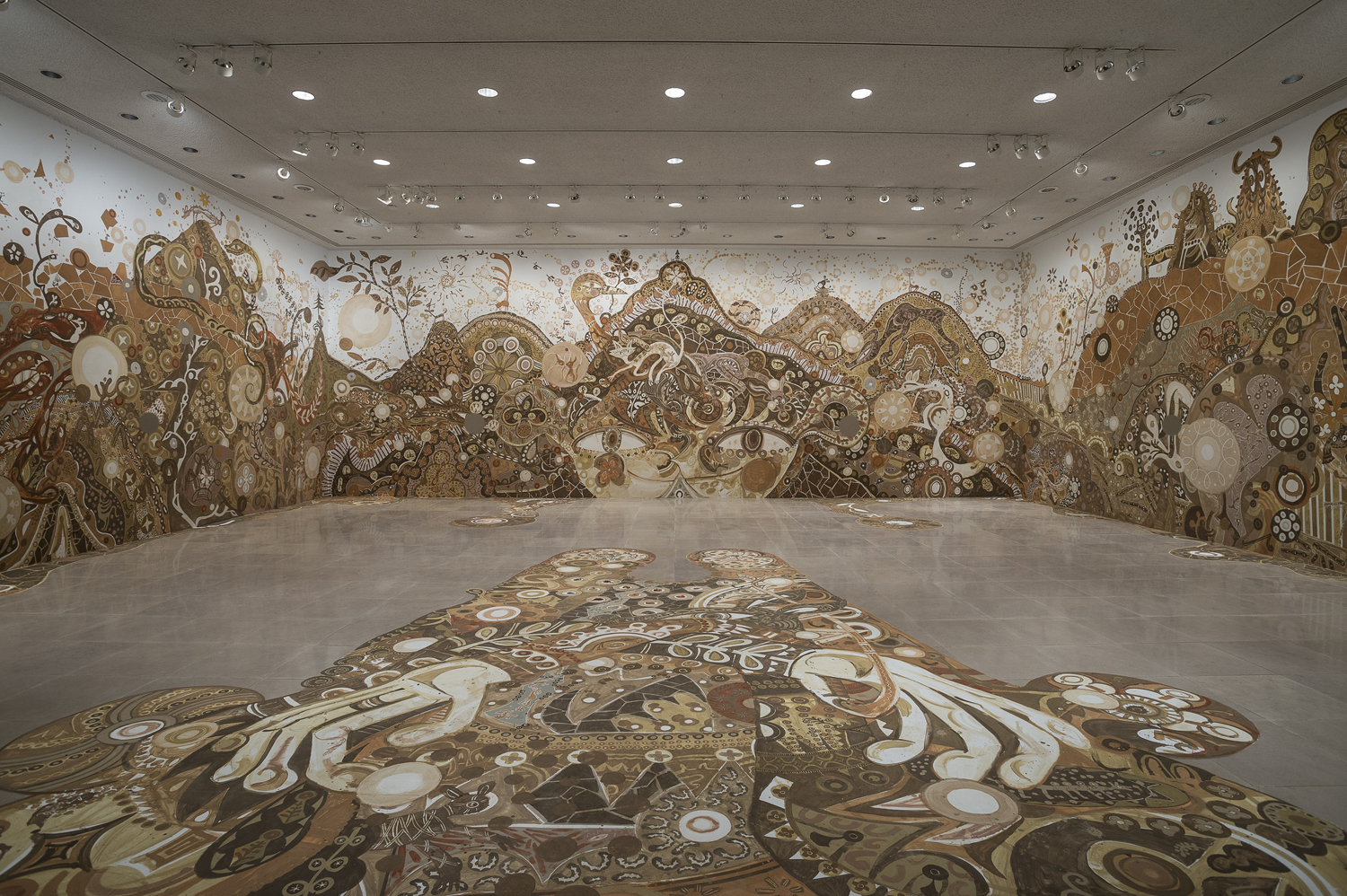
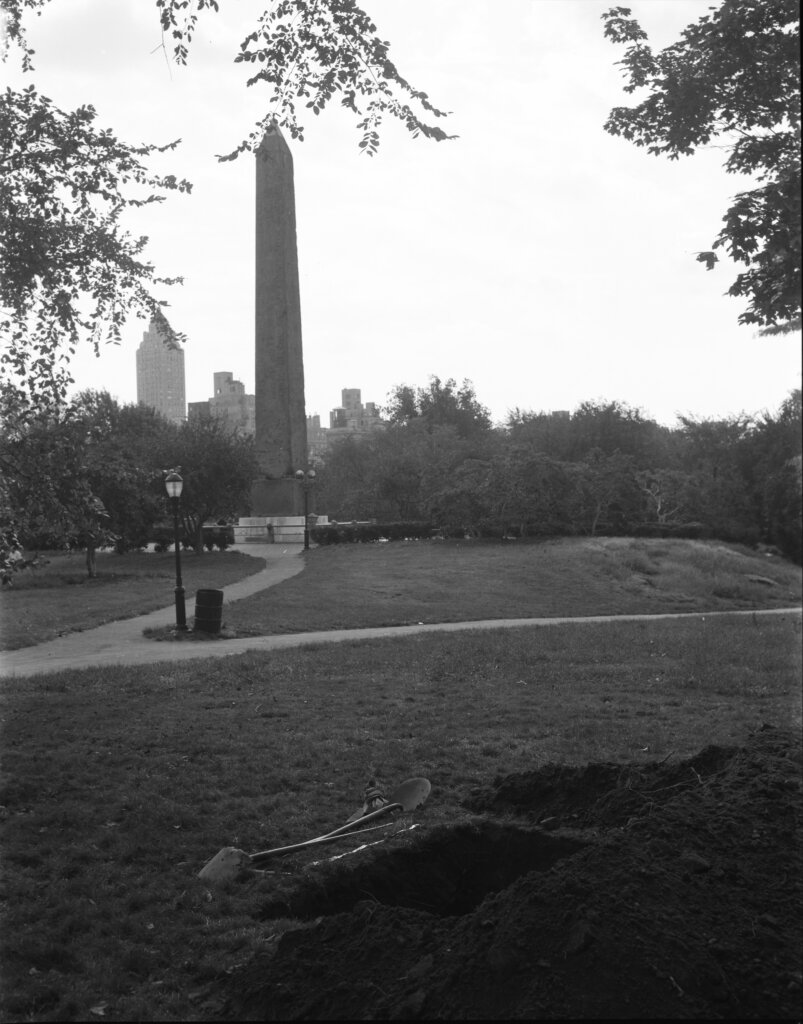
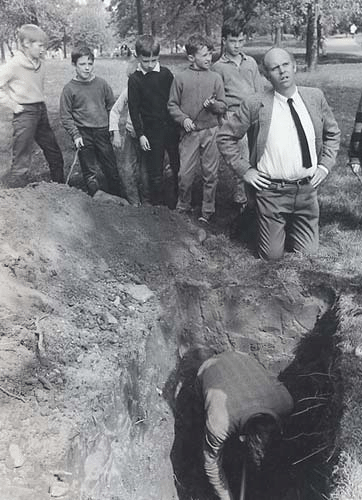

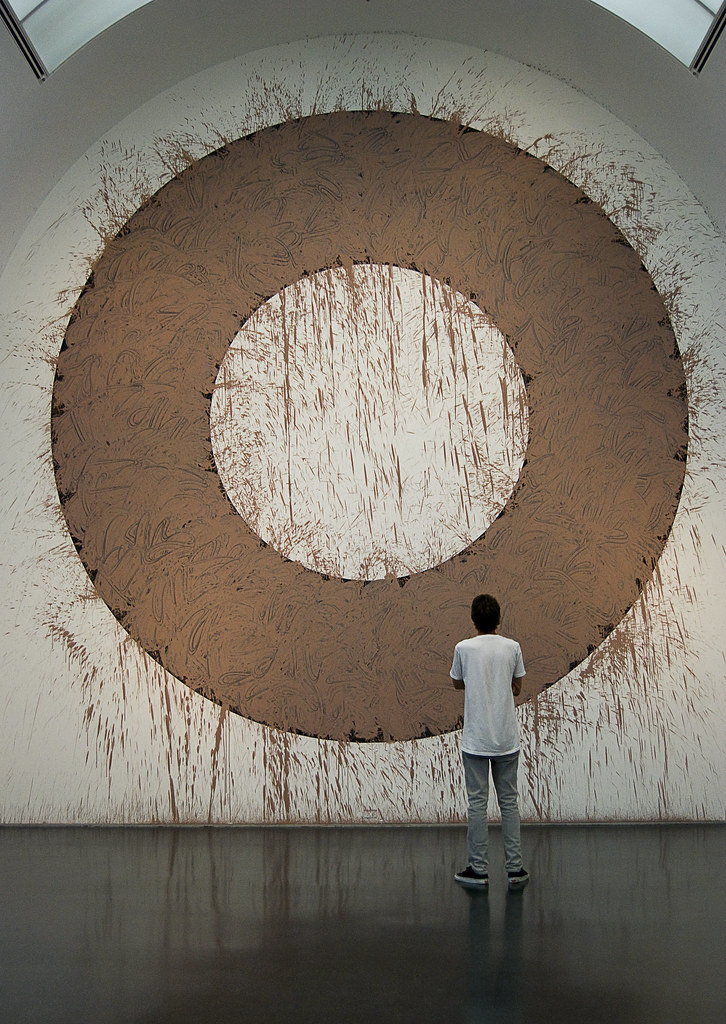
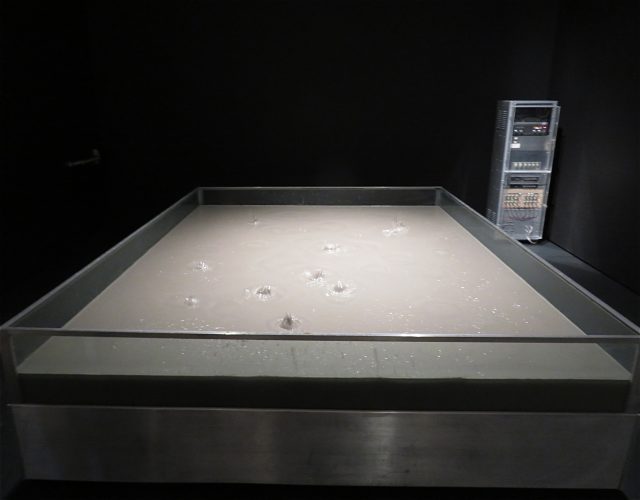
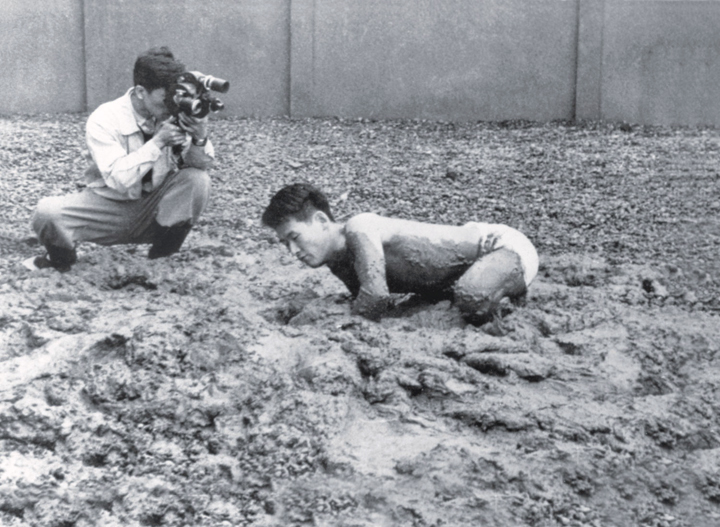

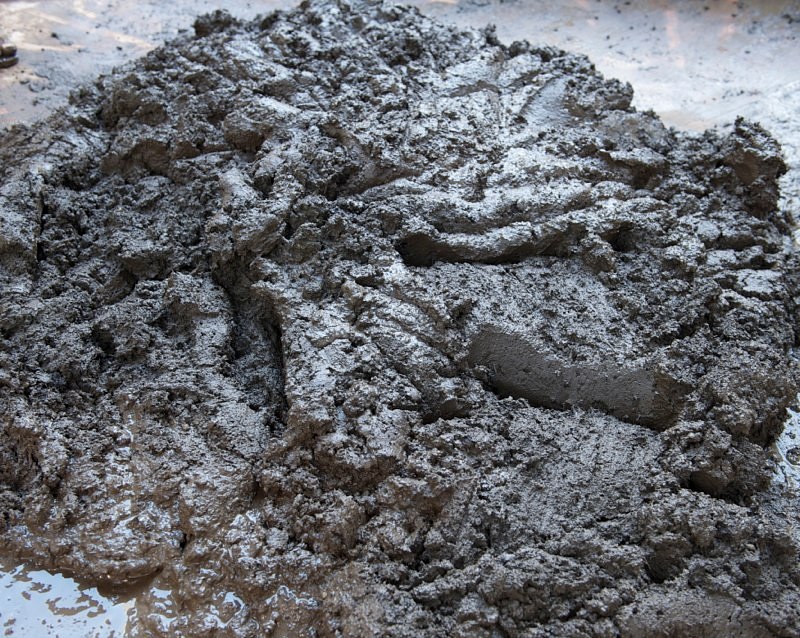
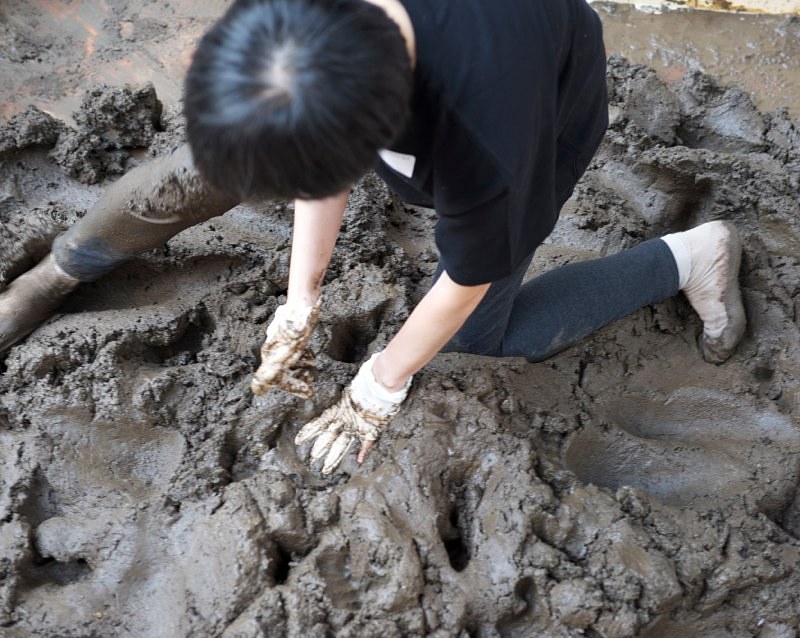
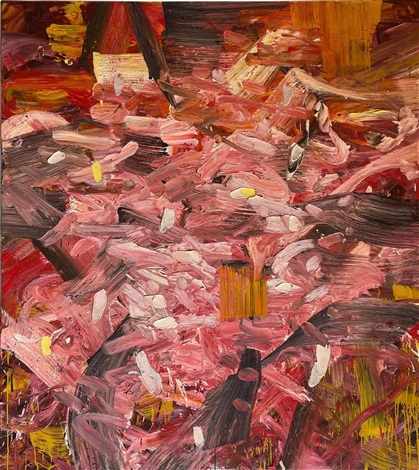
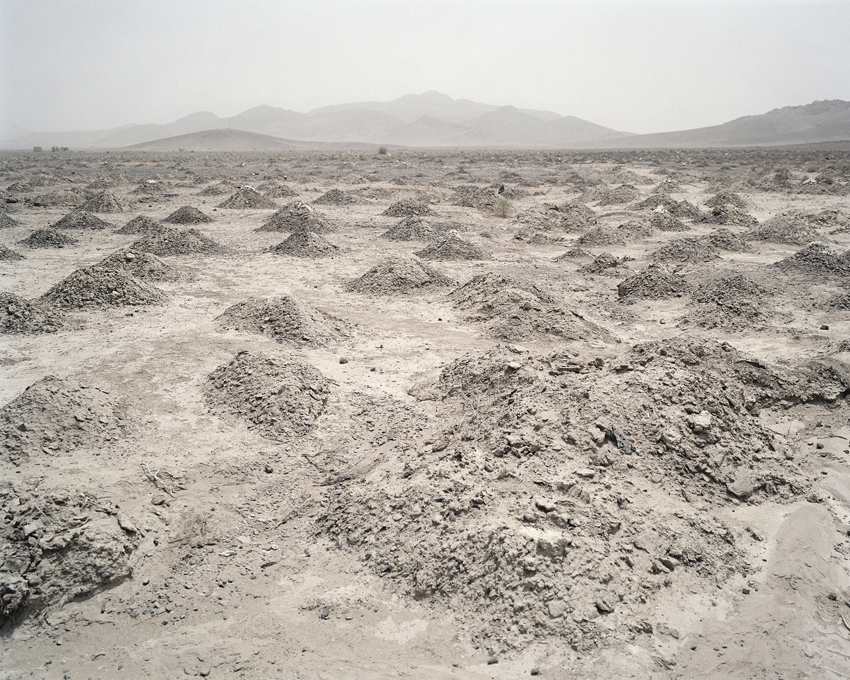
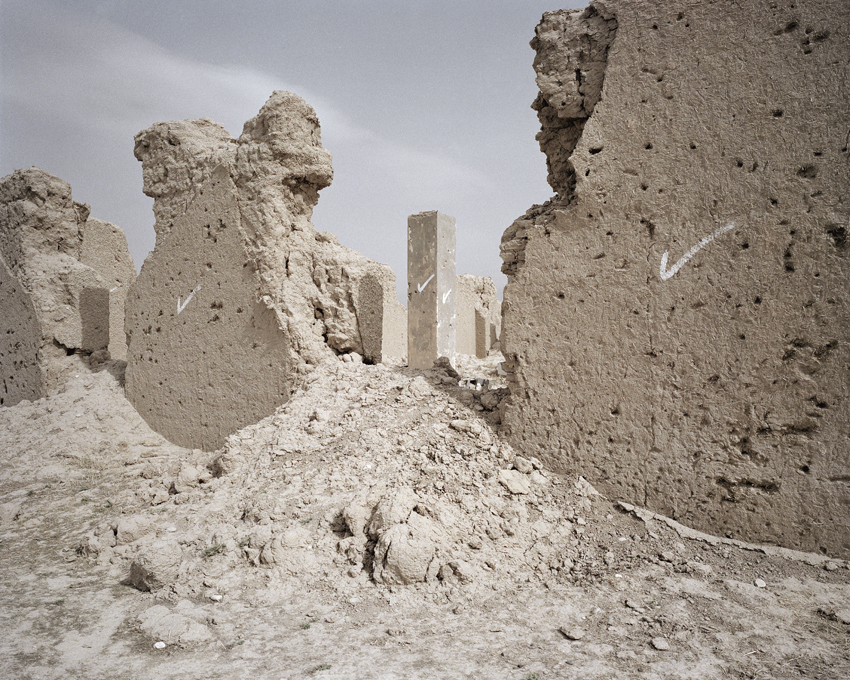
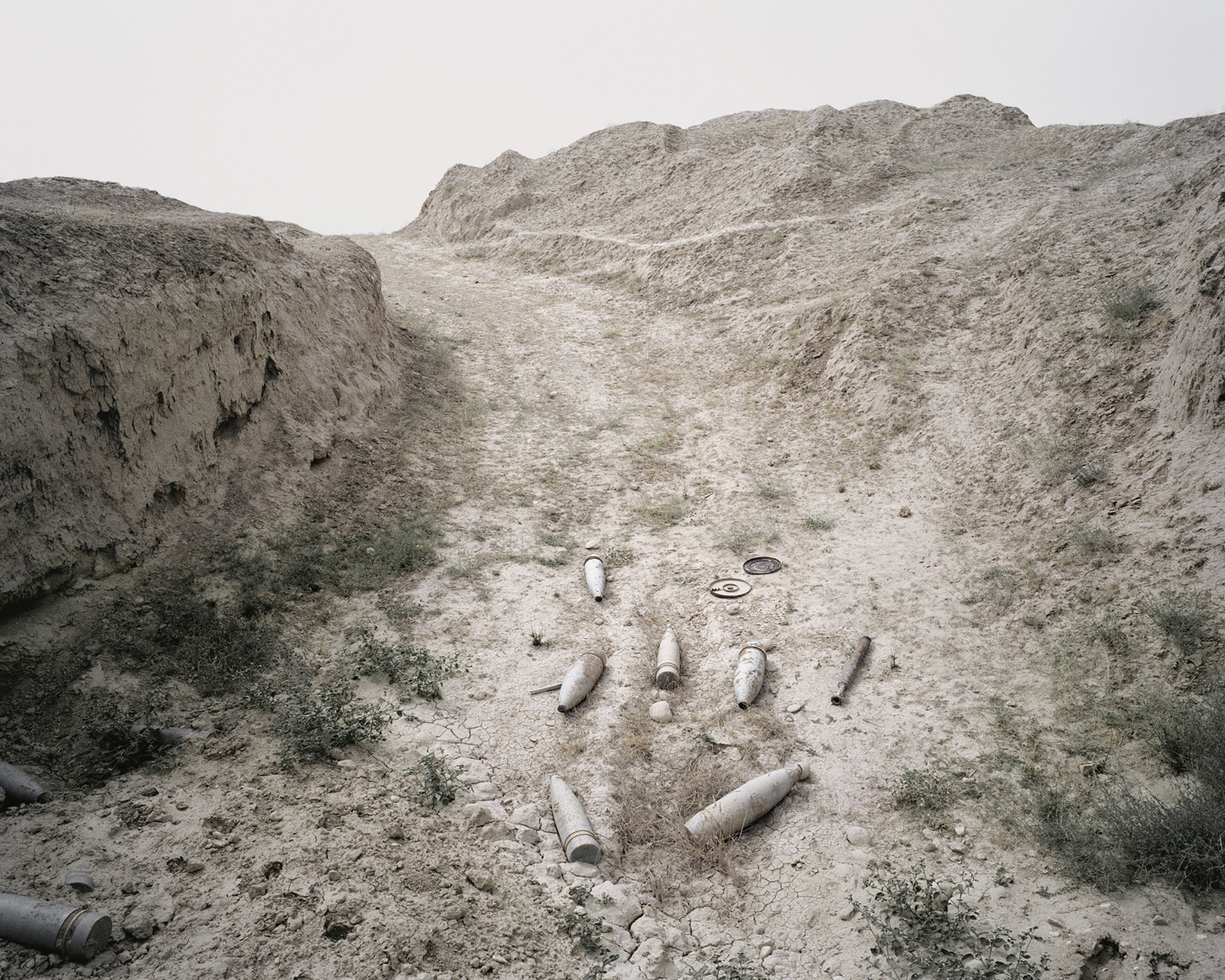
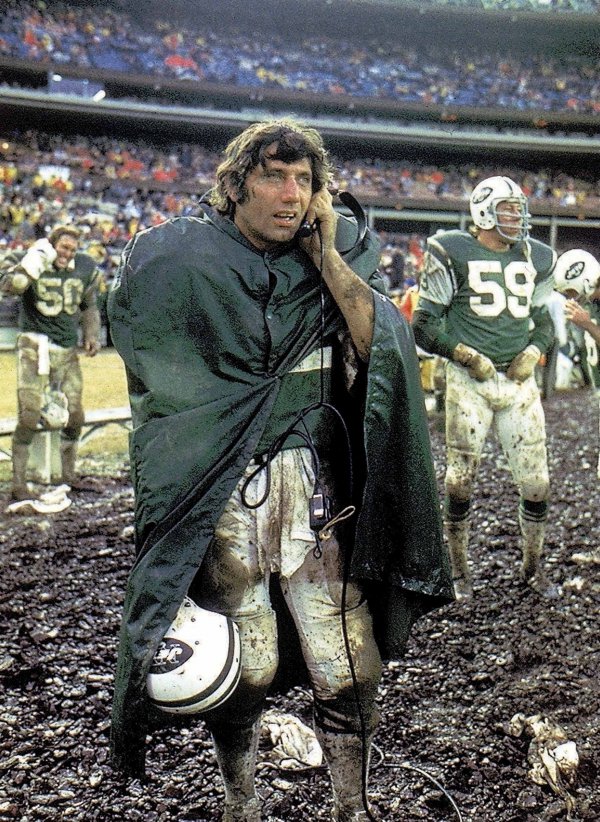
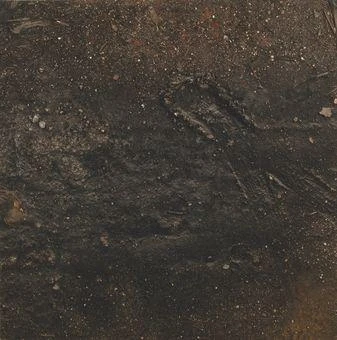
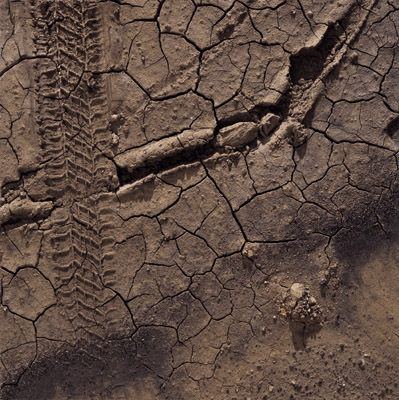

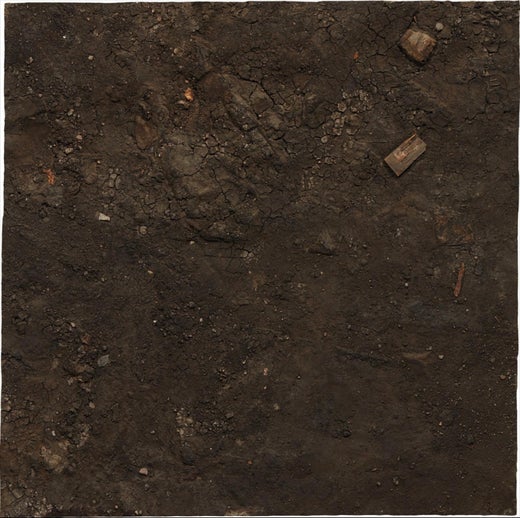

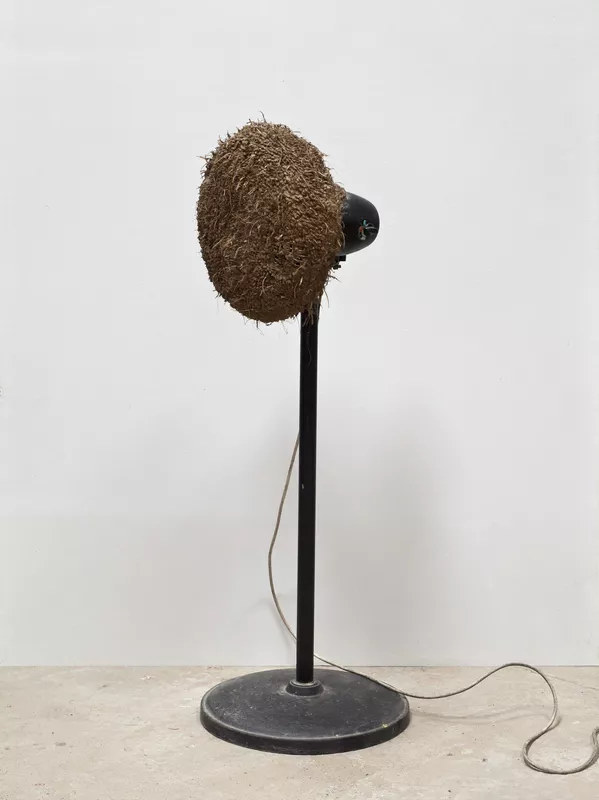
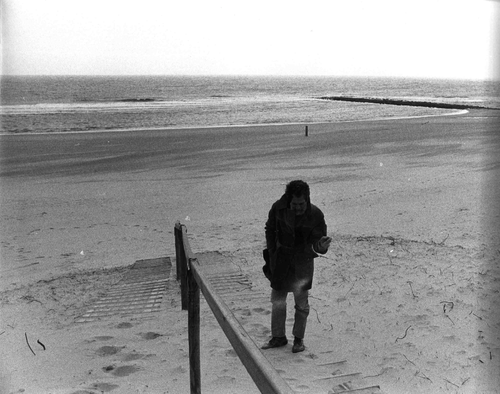
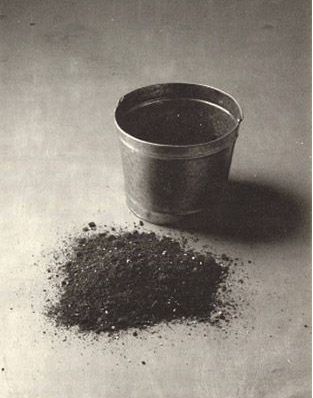
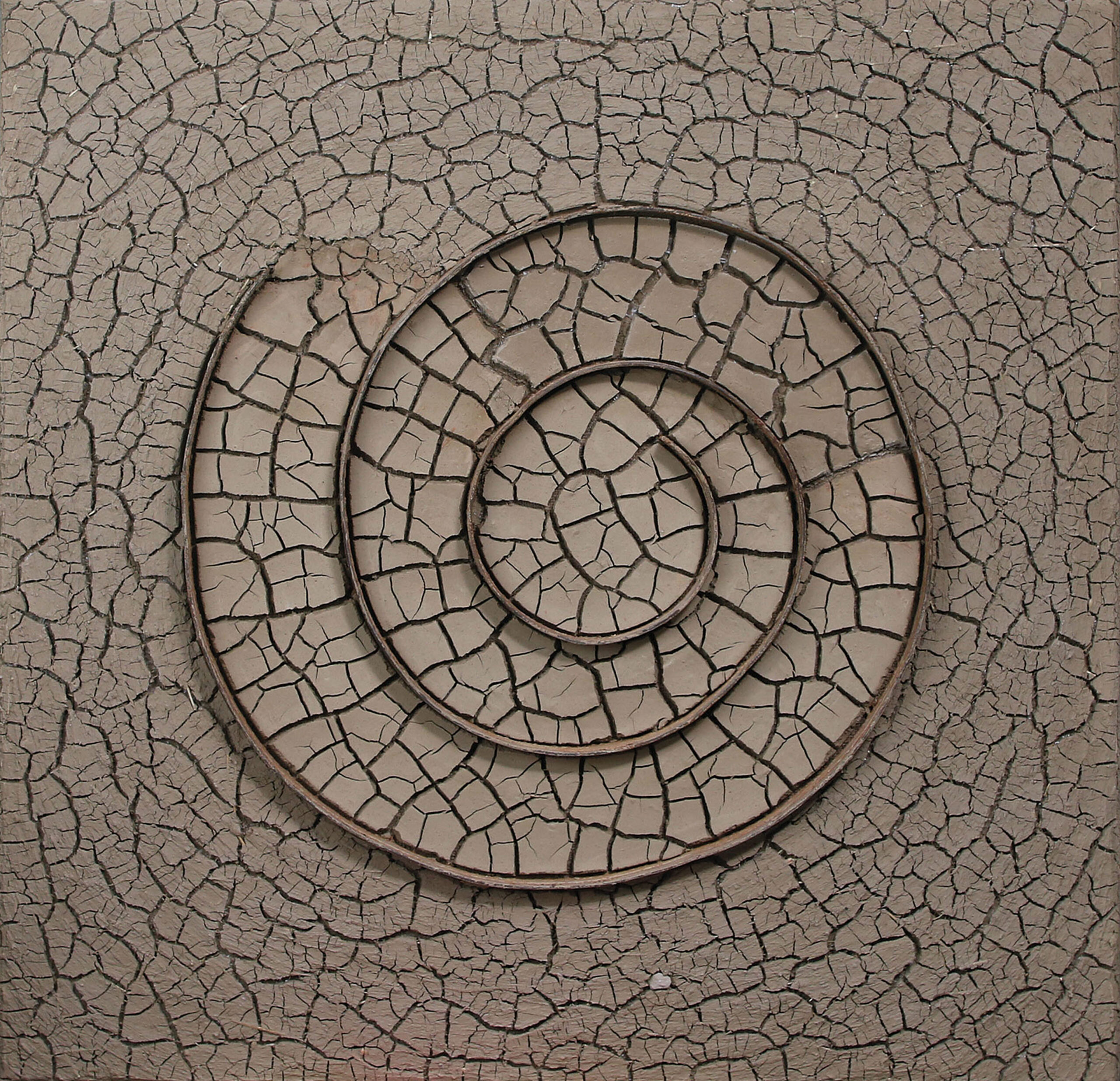

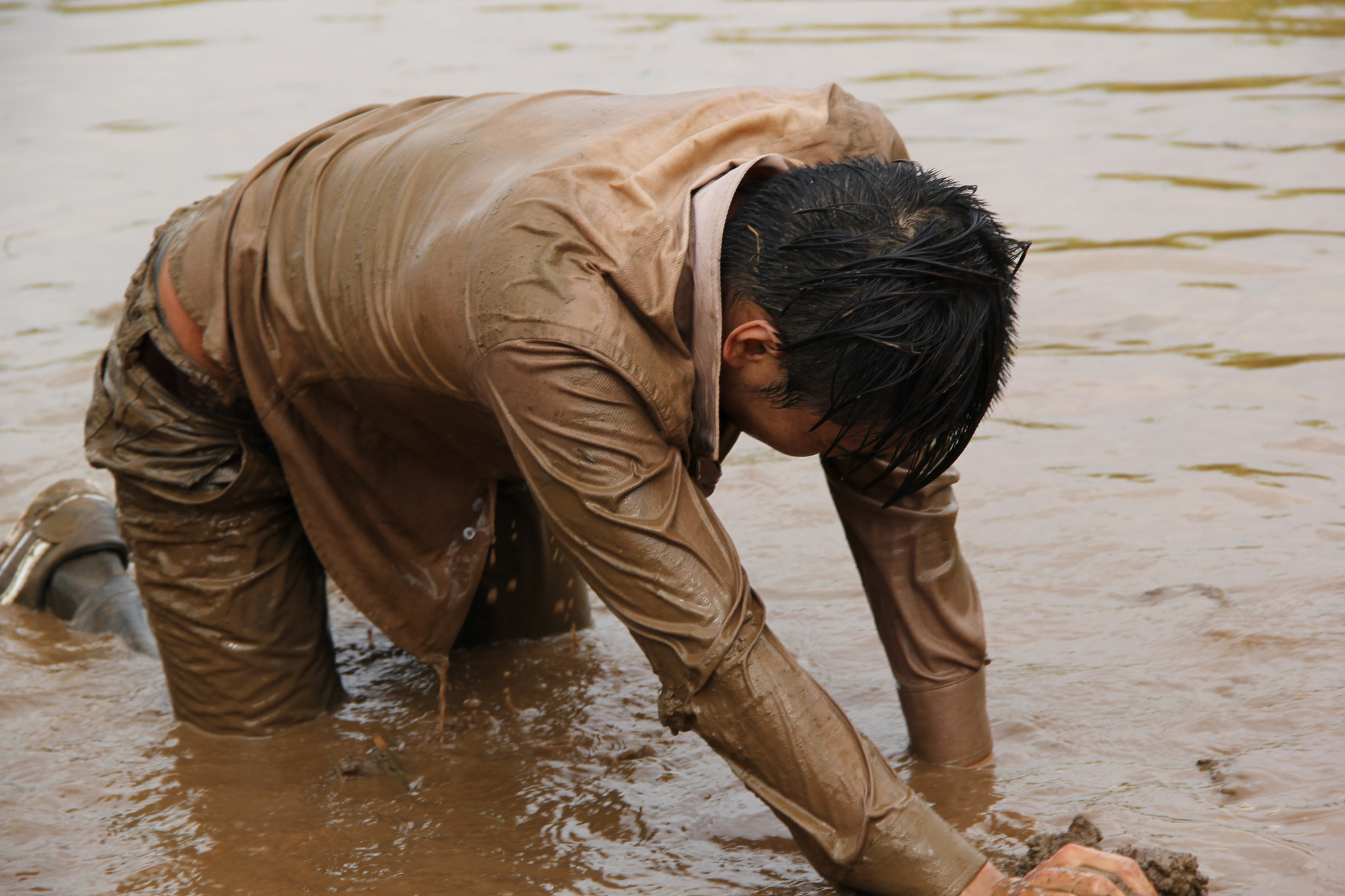

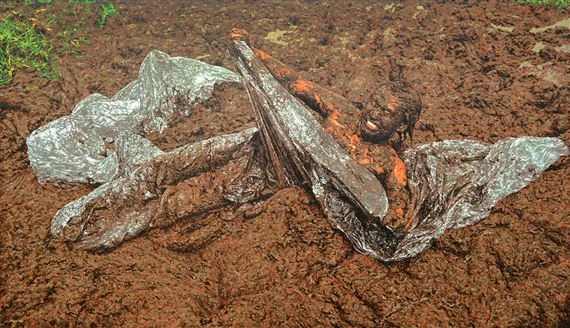
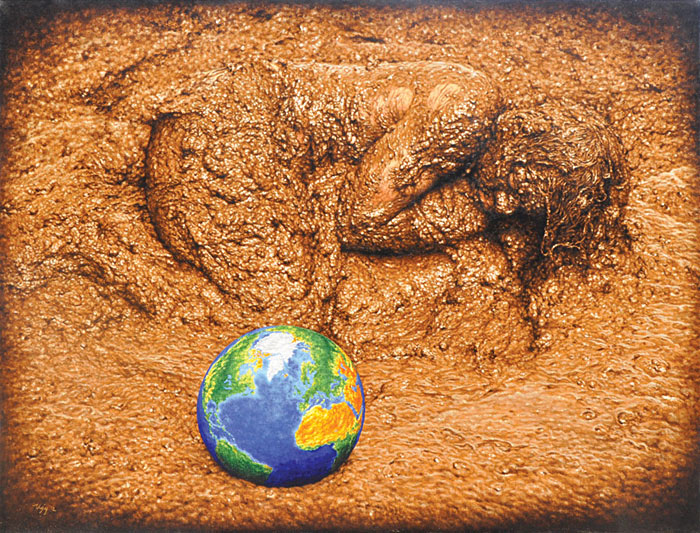
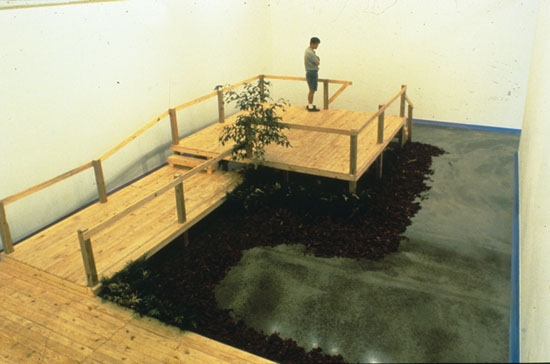
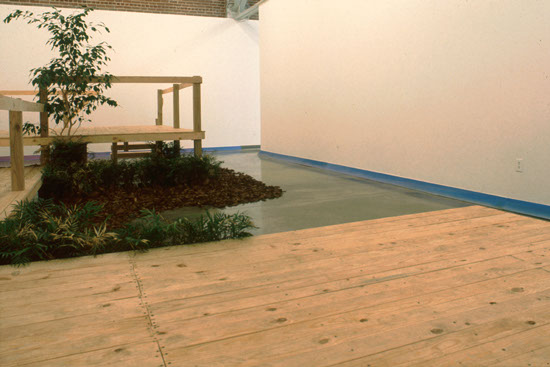
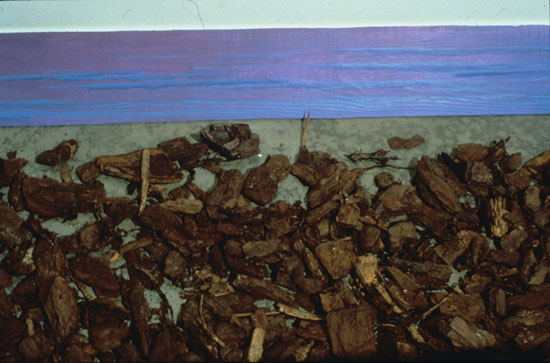
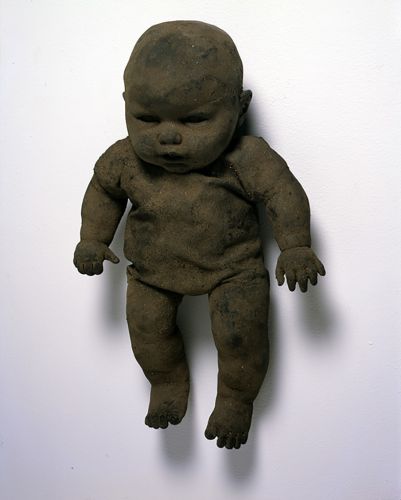
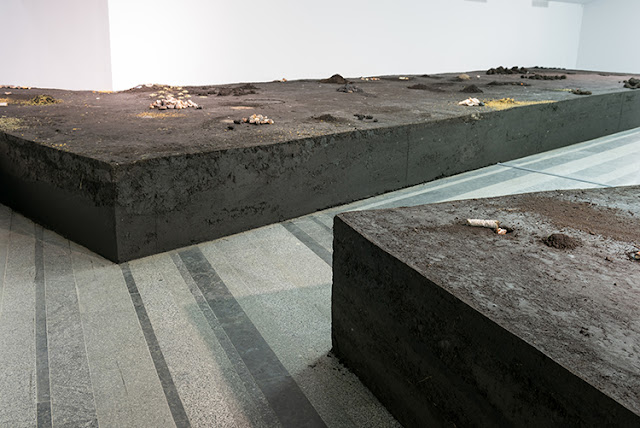
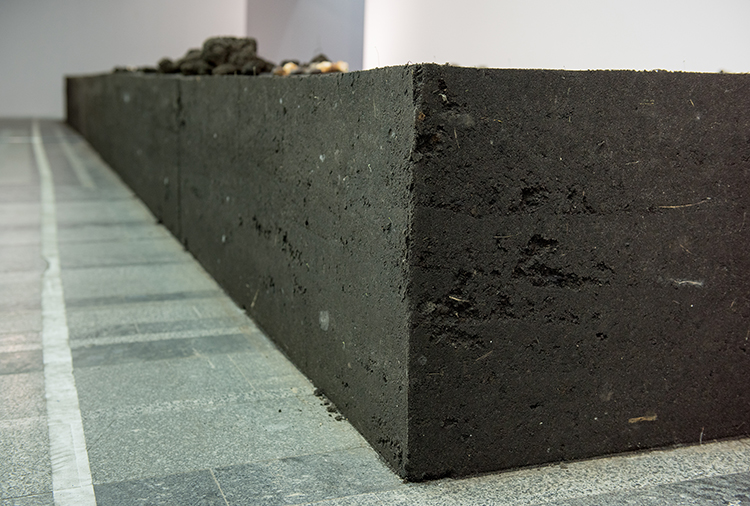
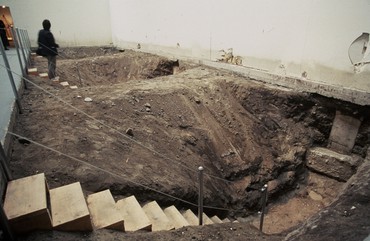
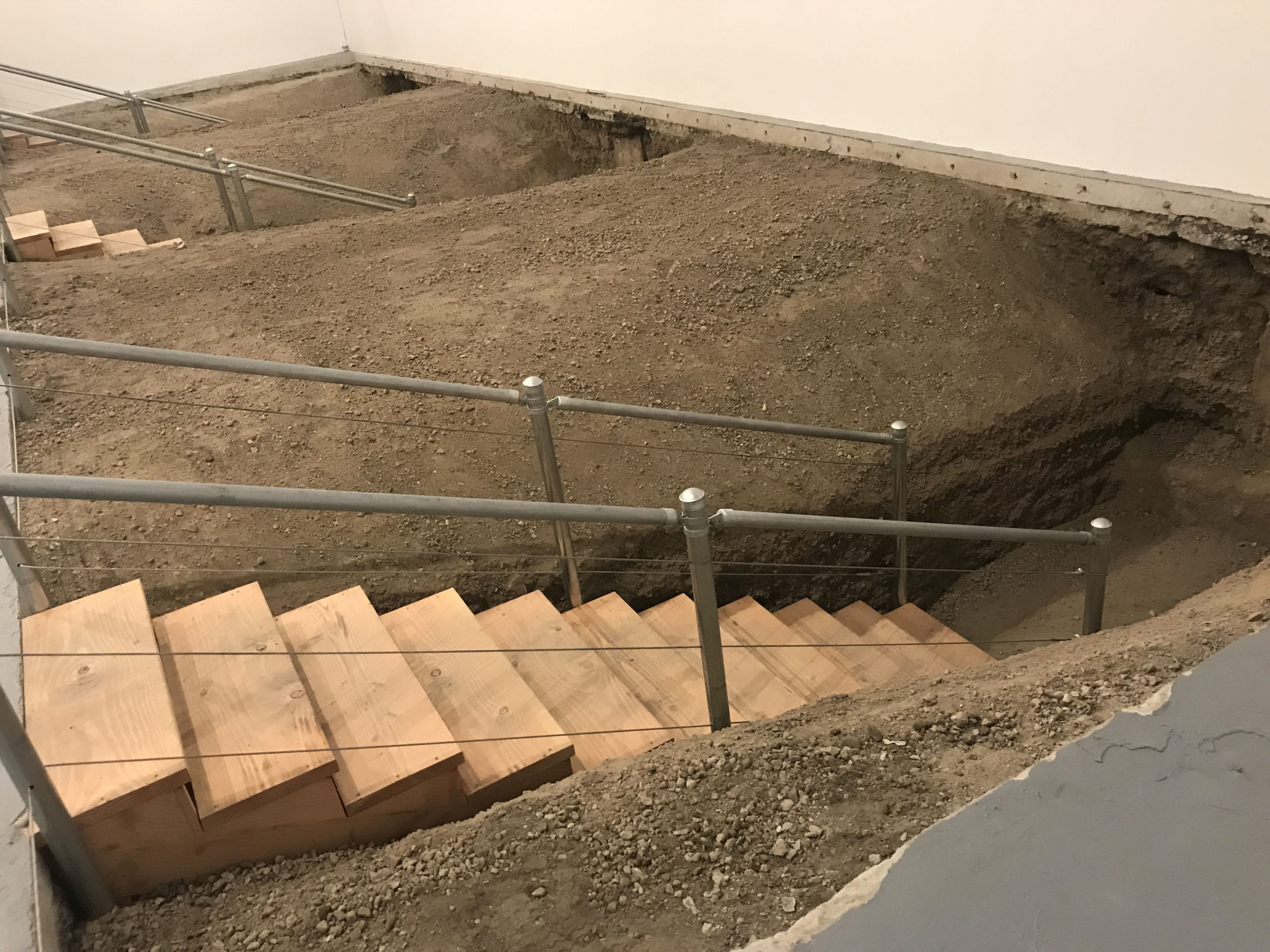

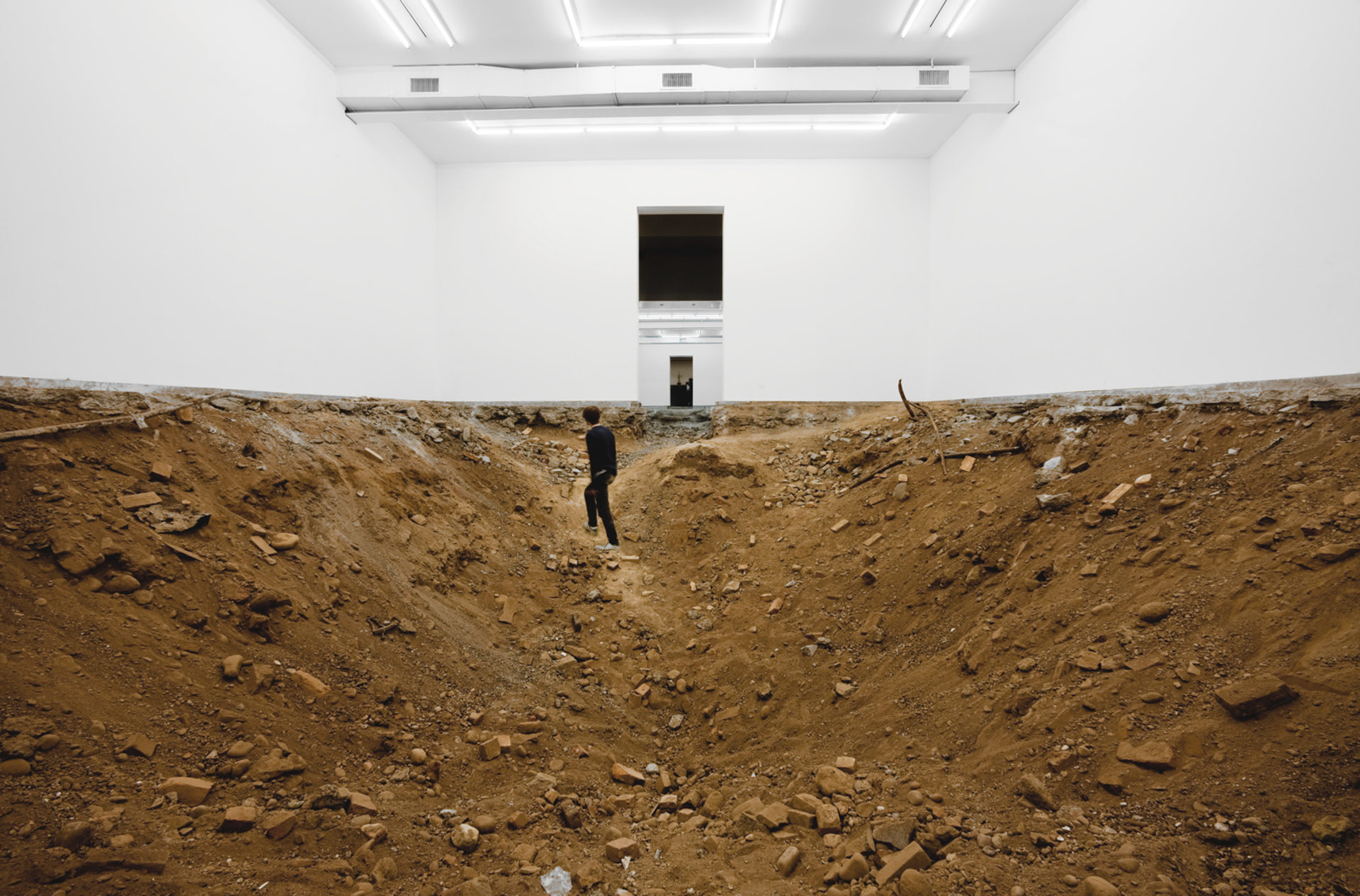
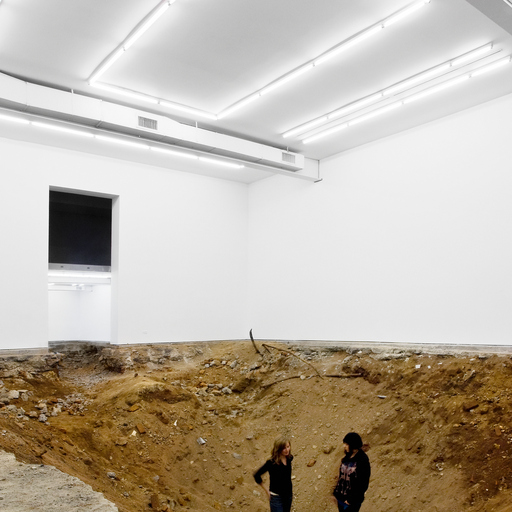
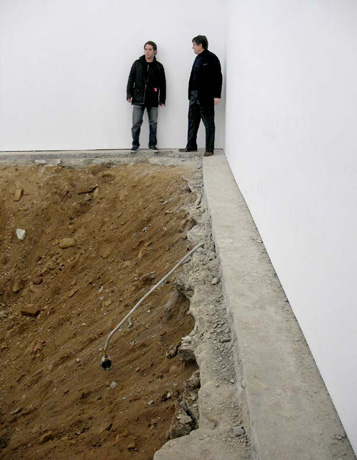

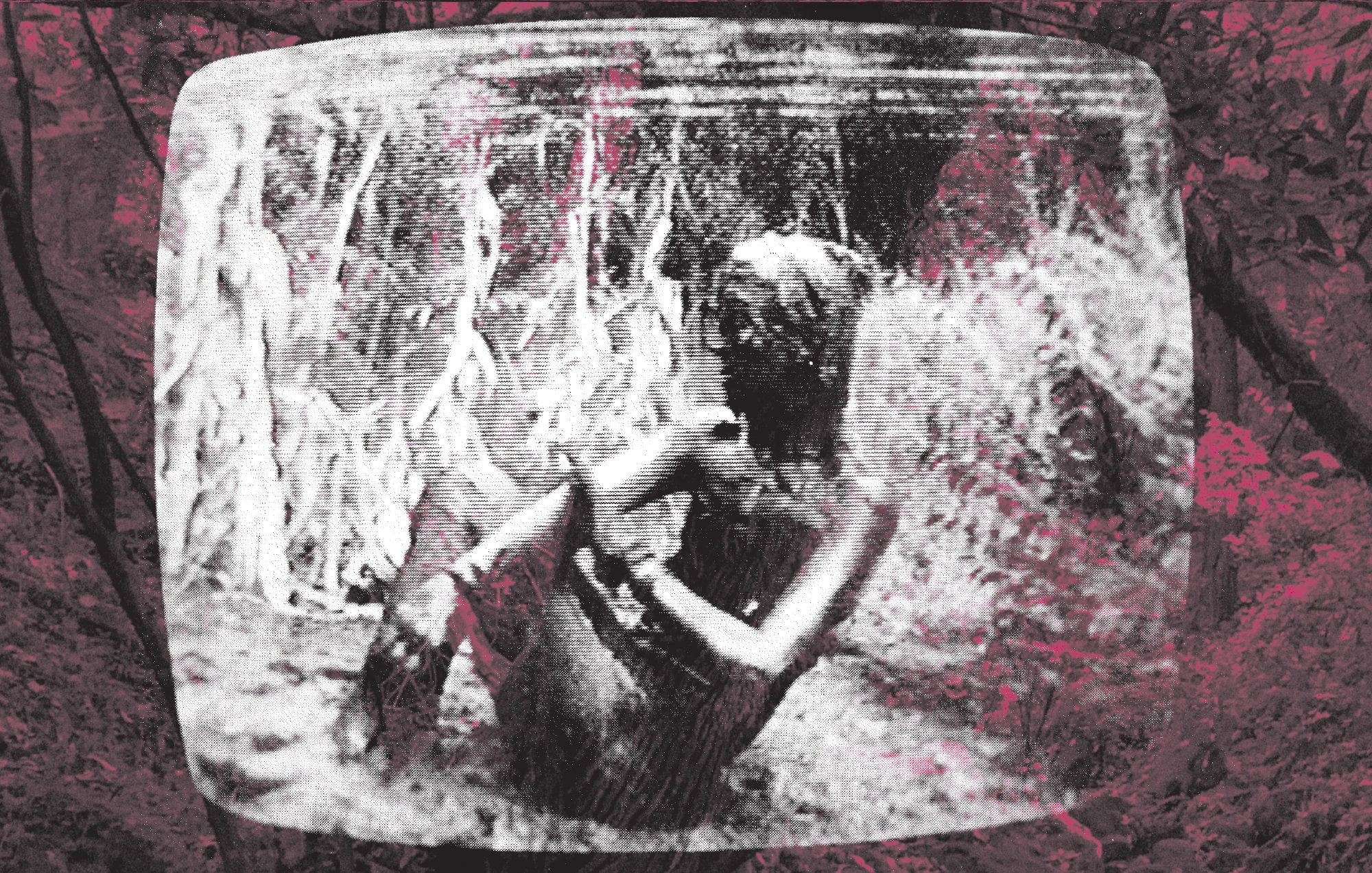


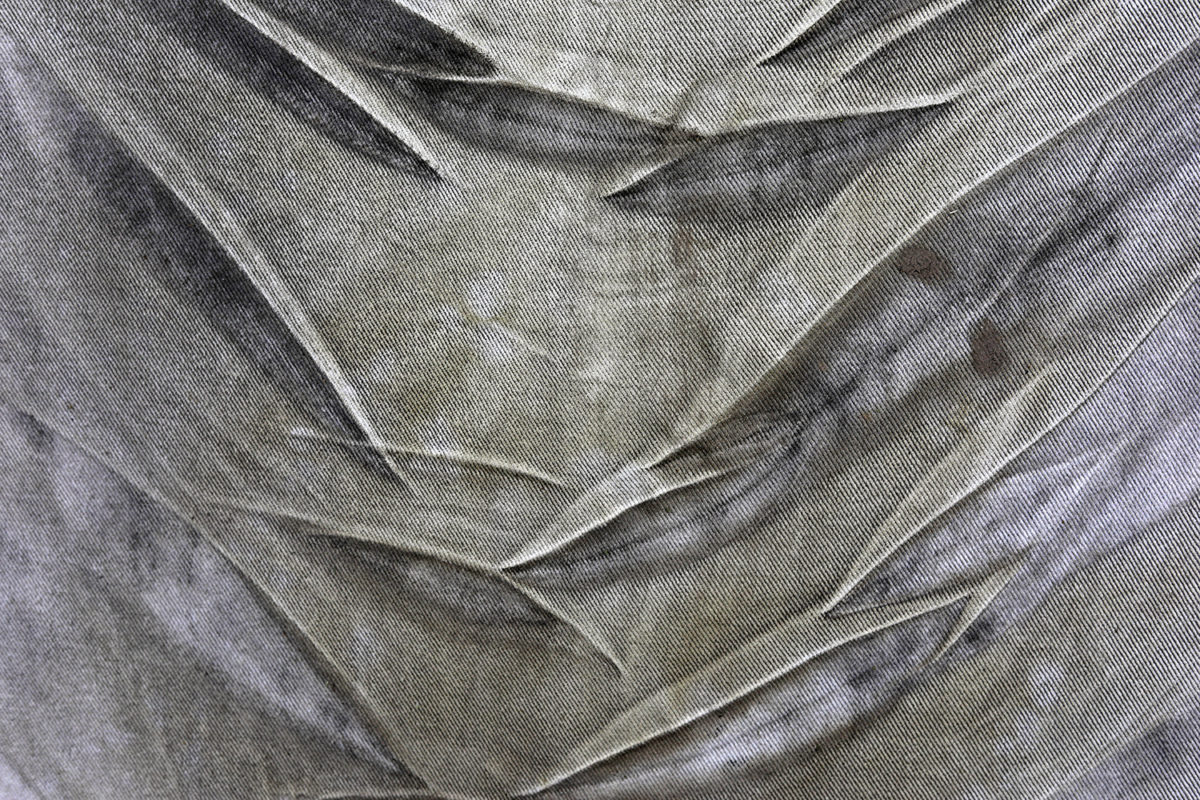
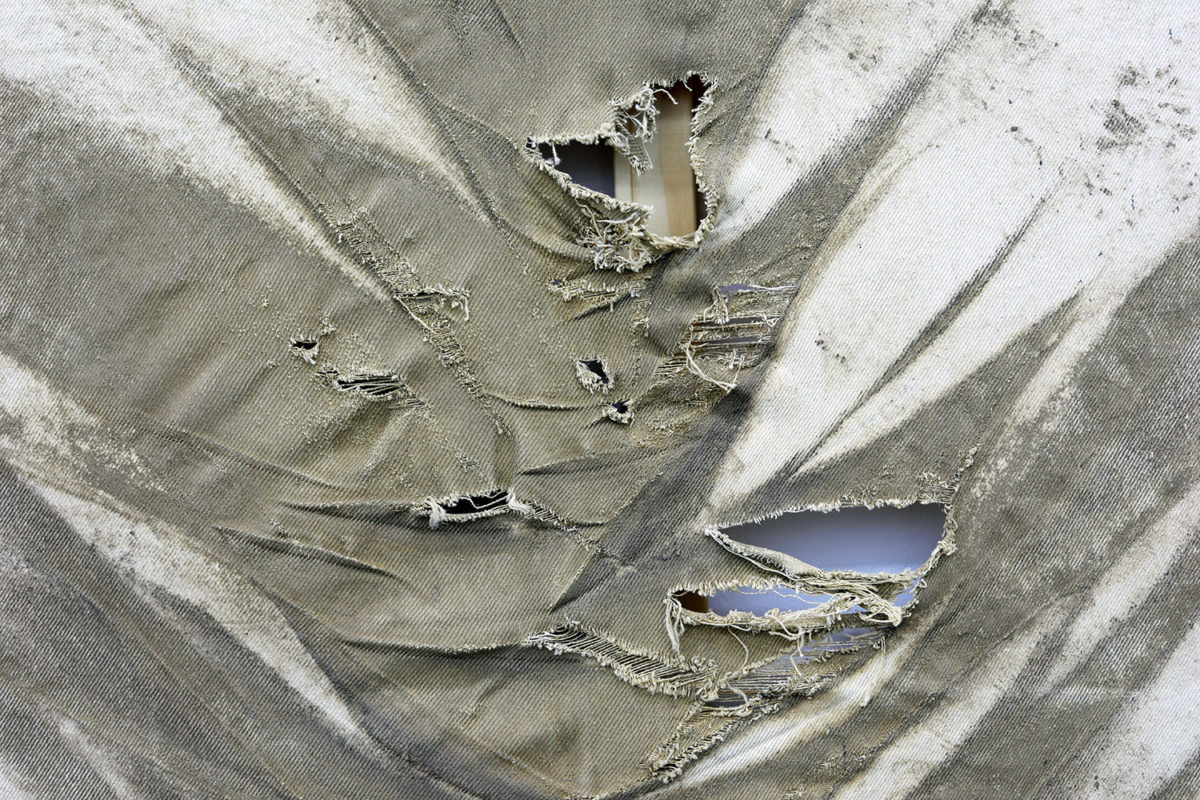
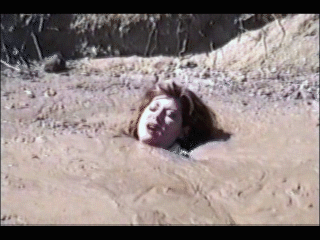



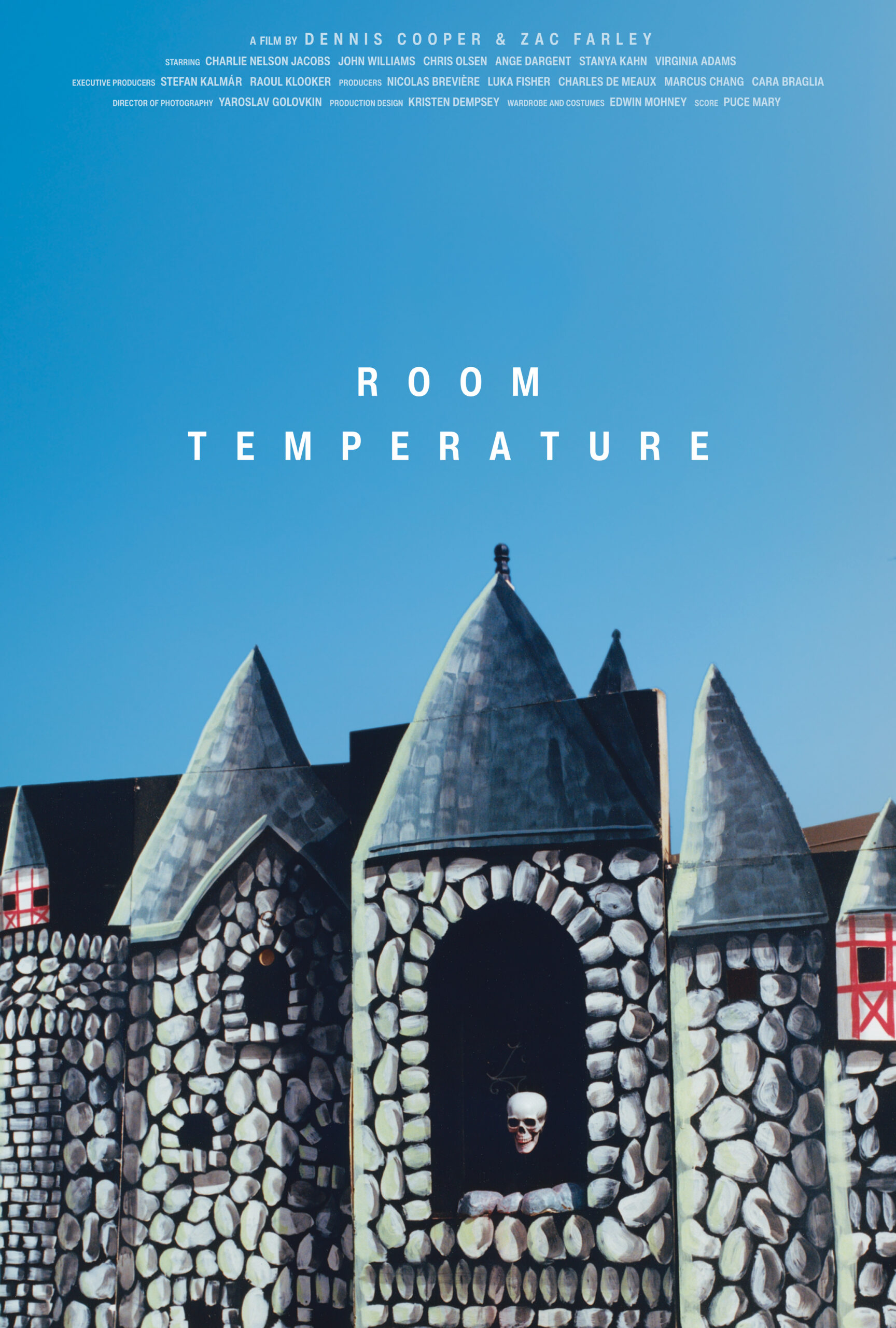



 Now available in North America
Now available in North America 